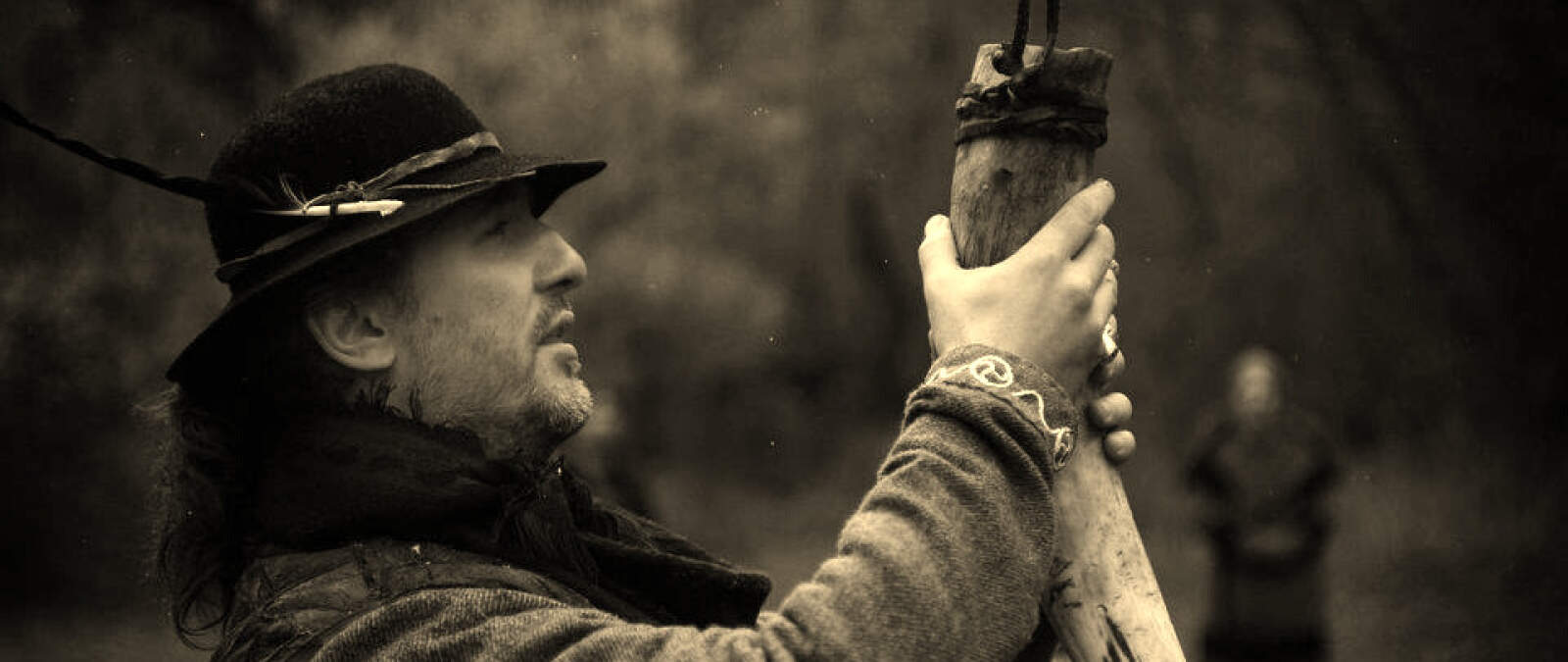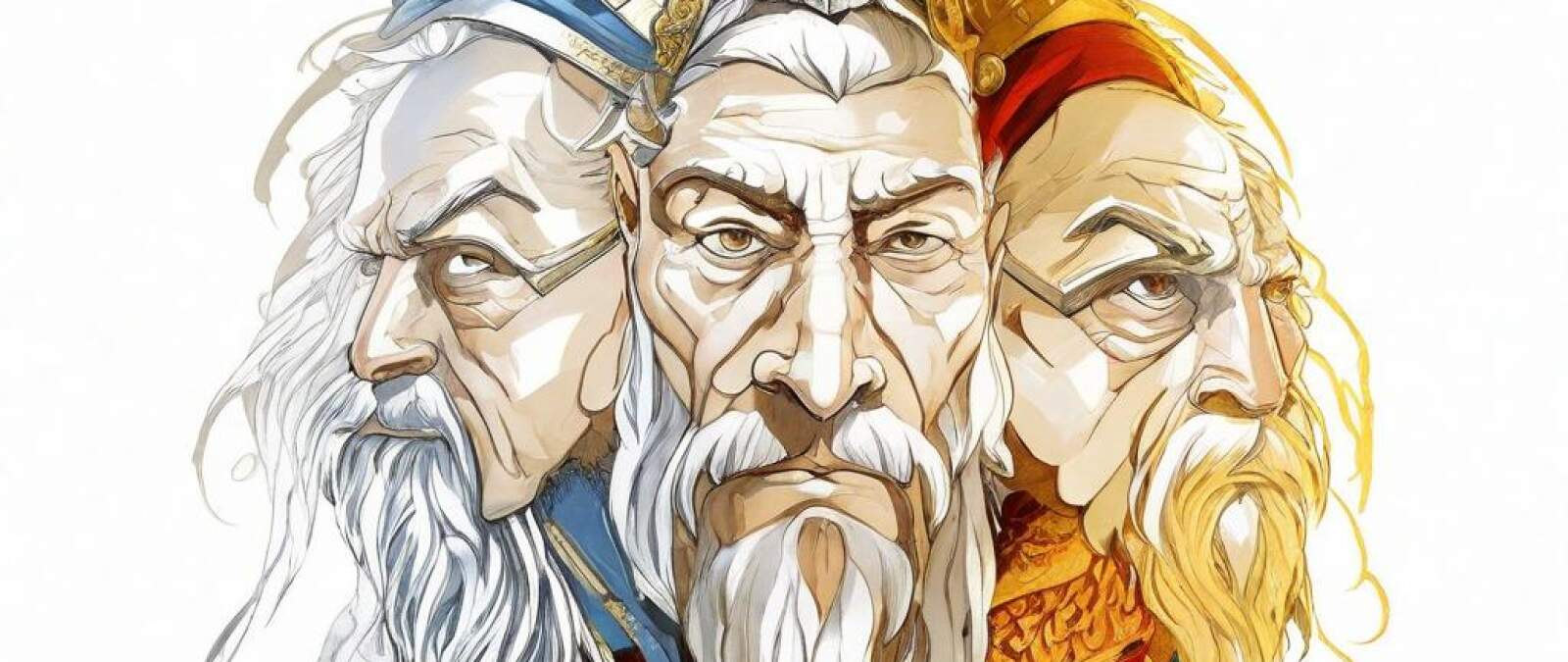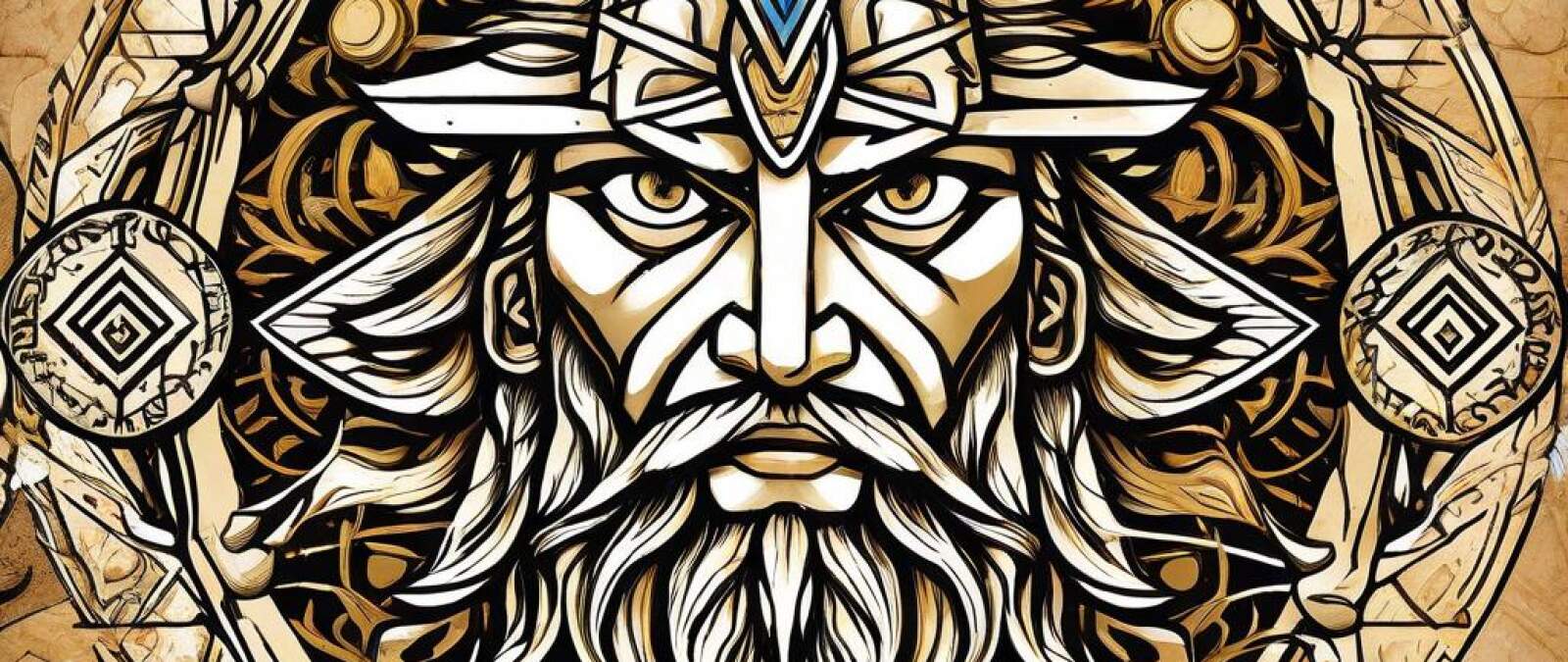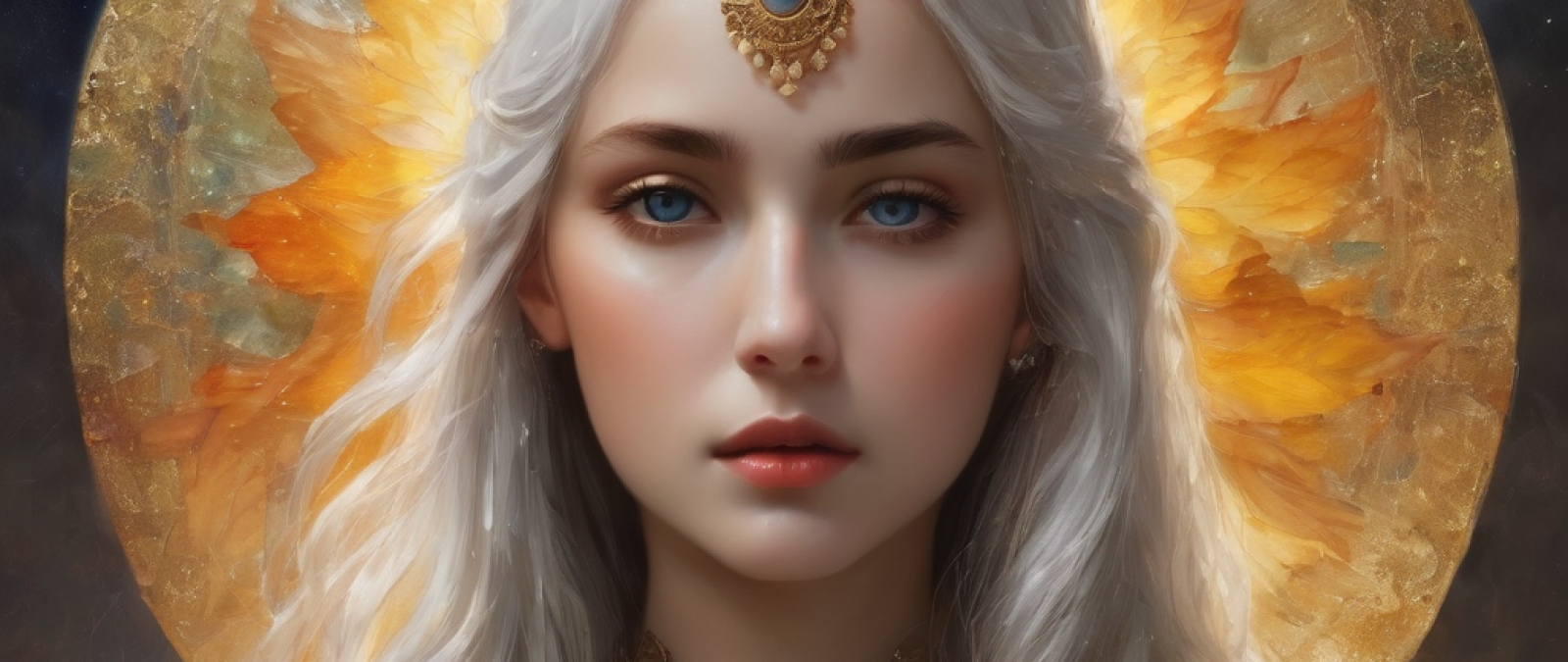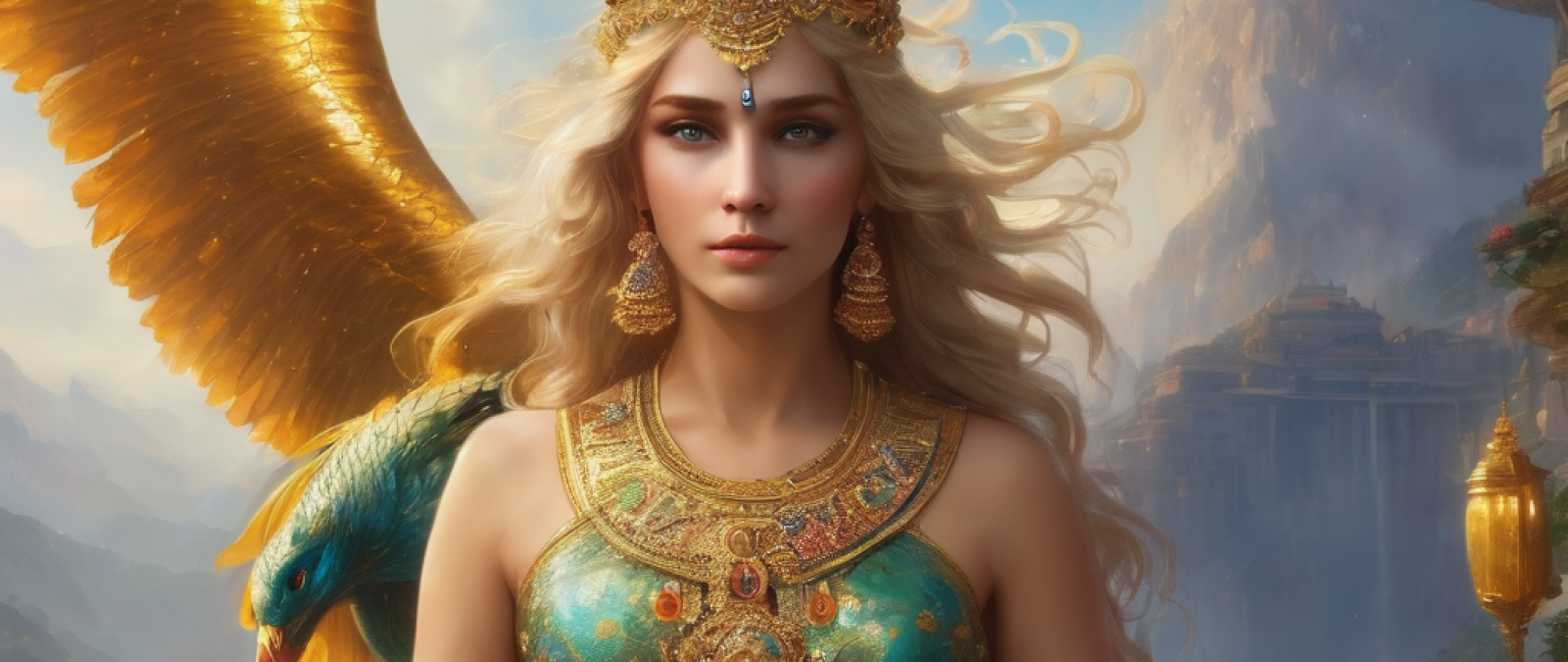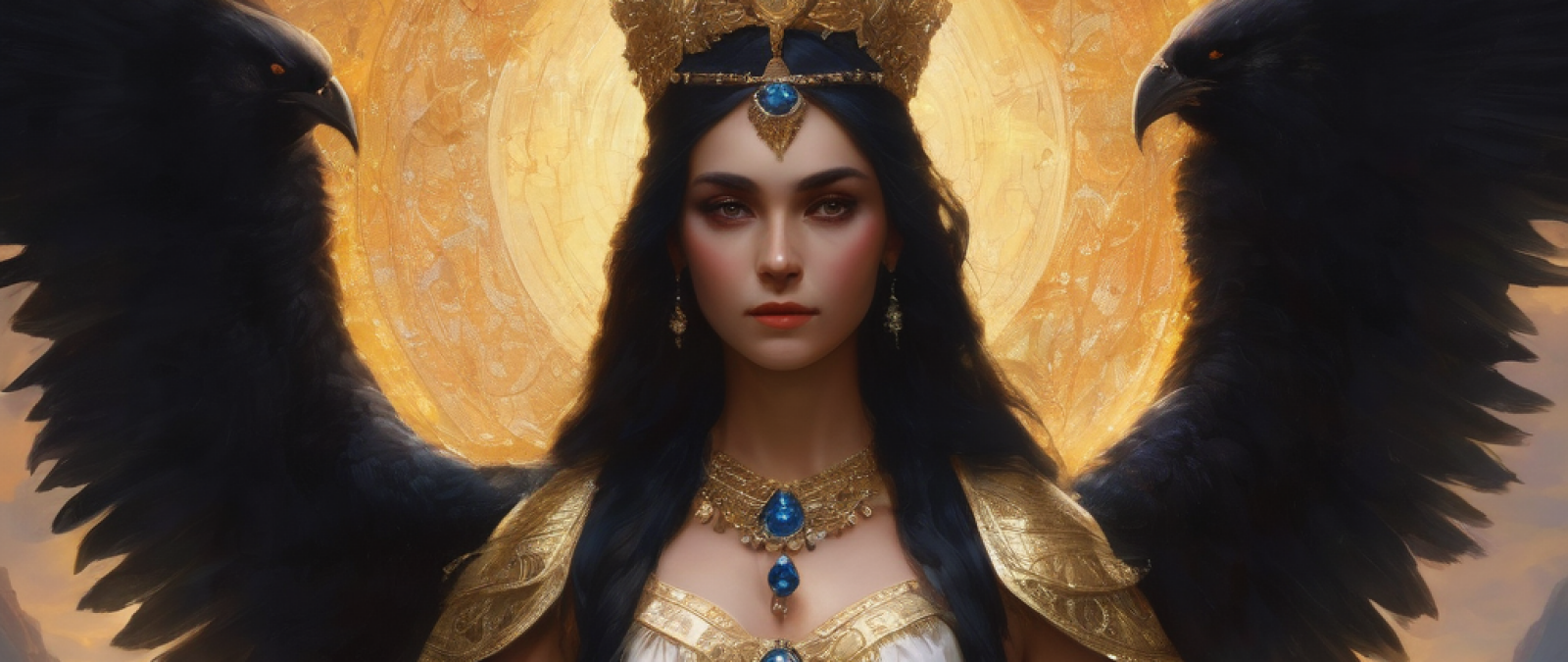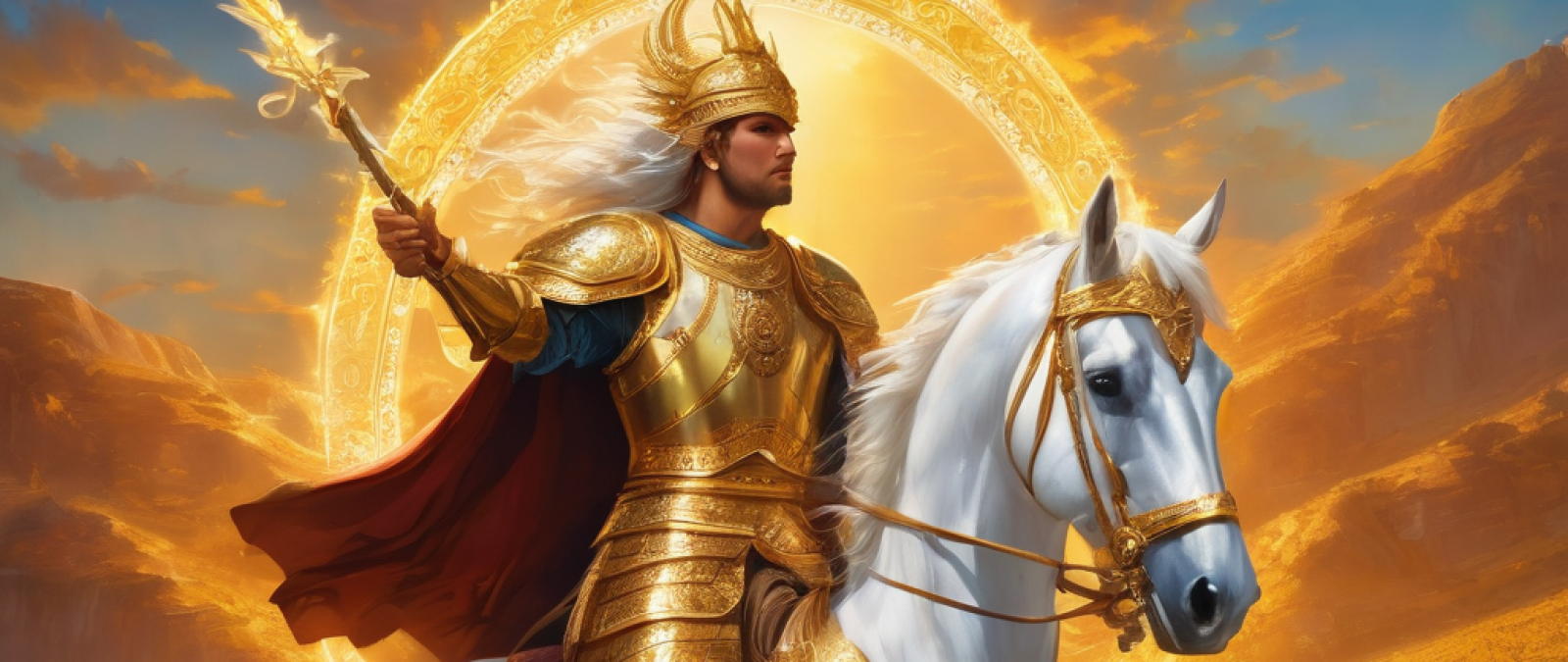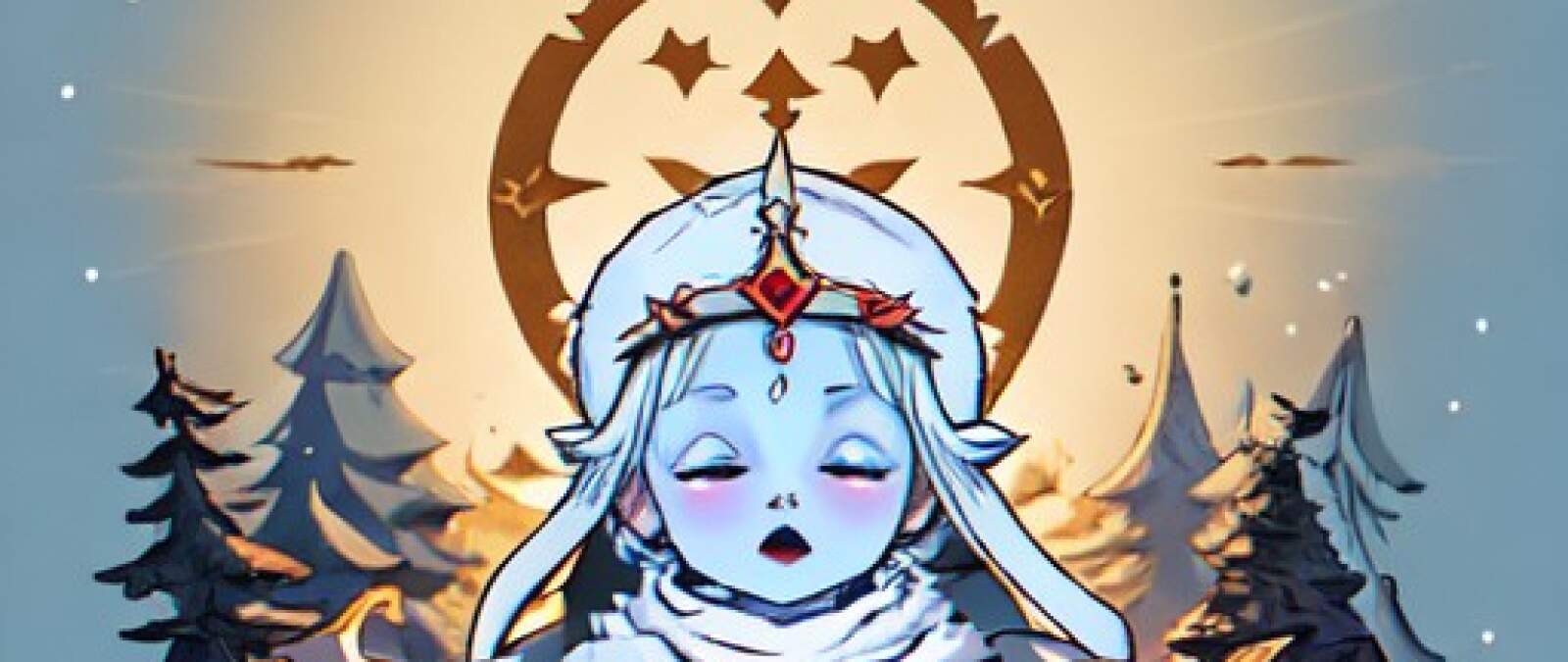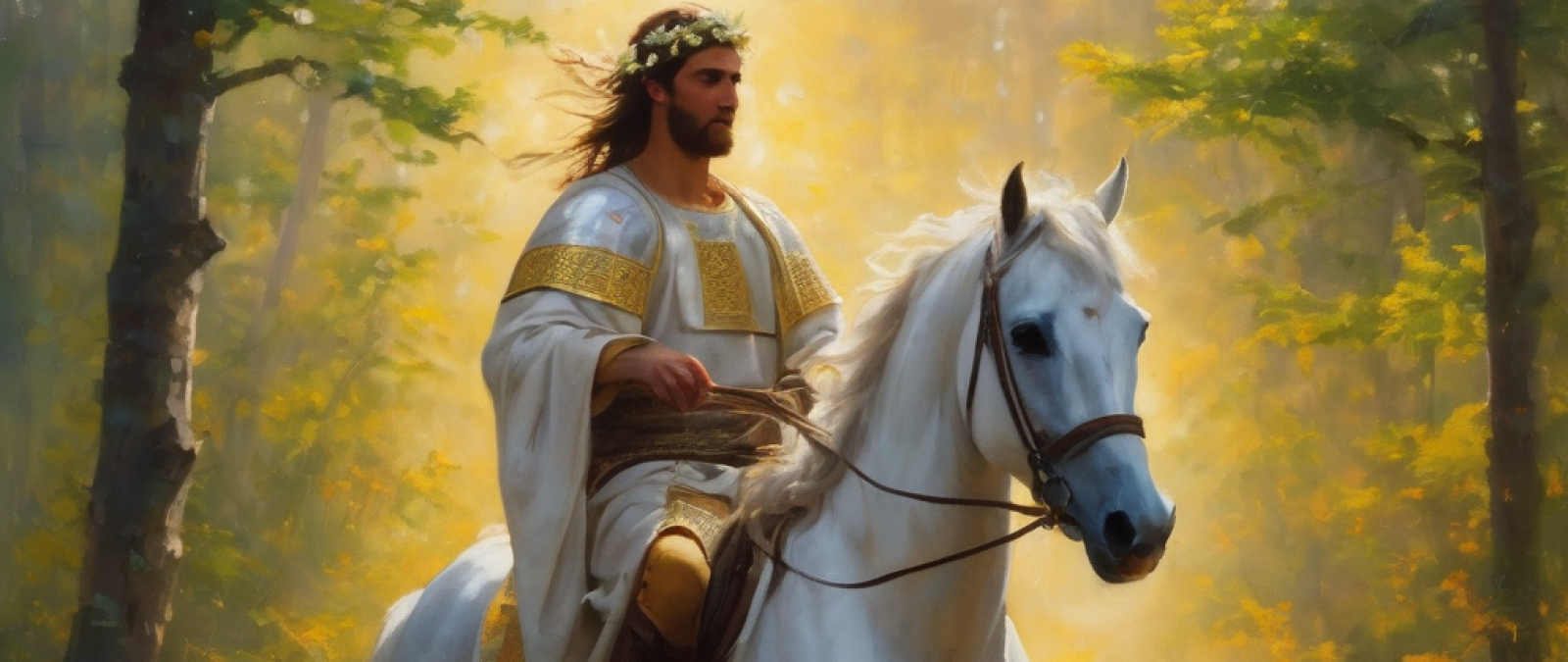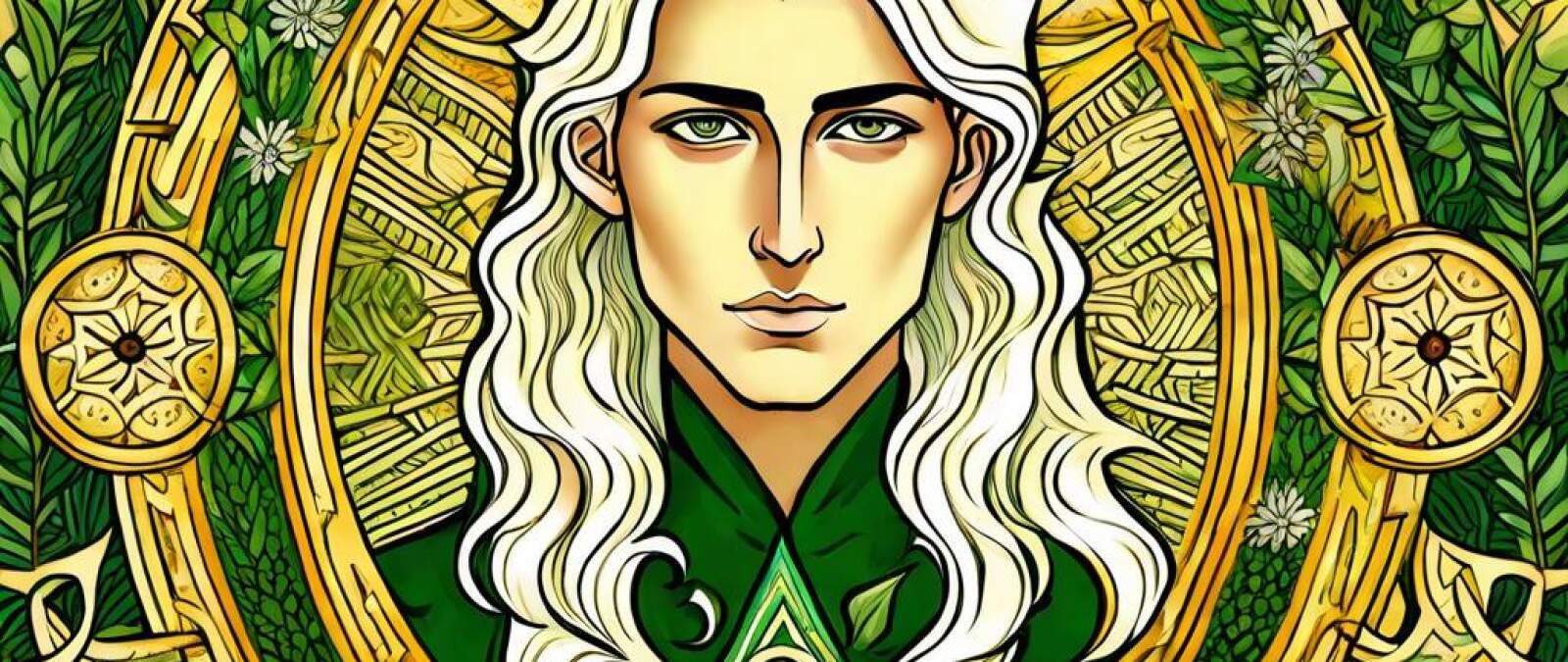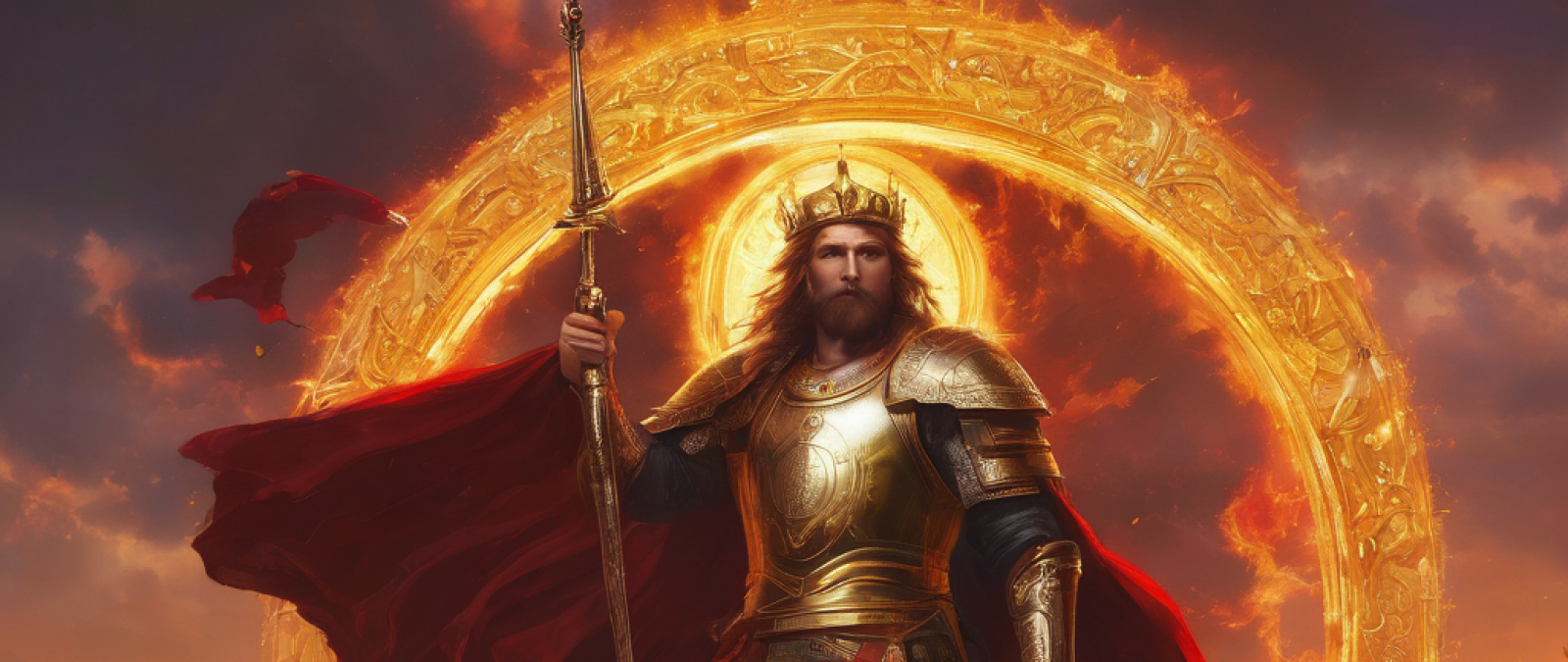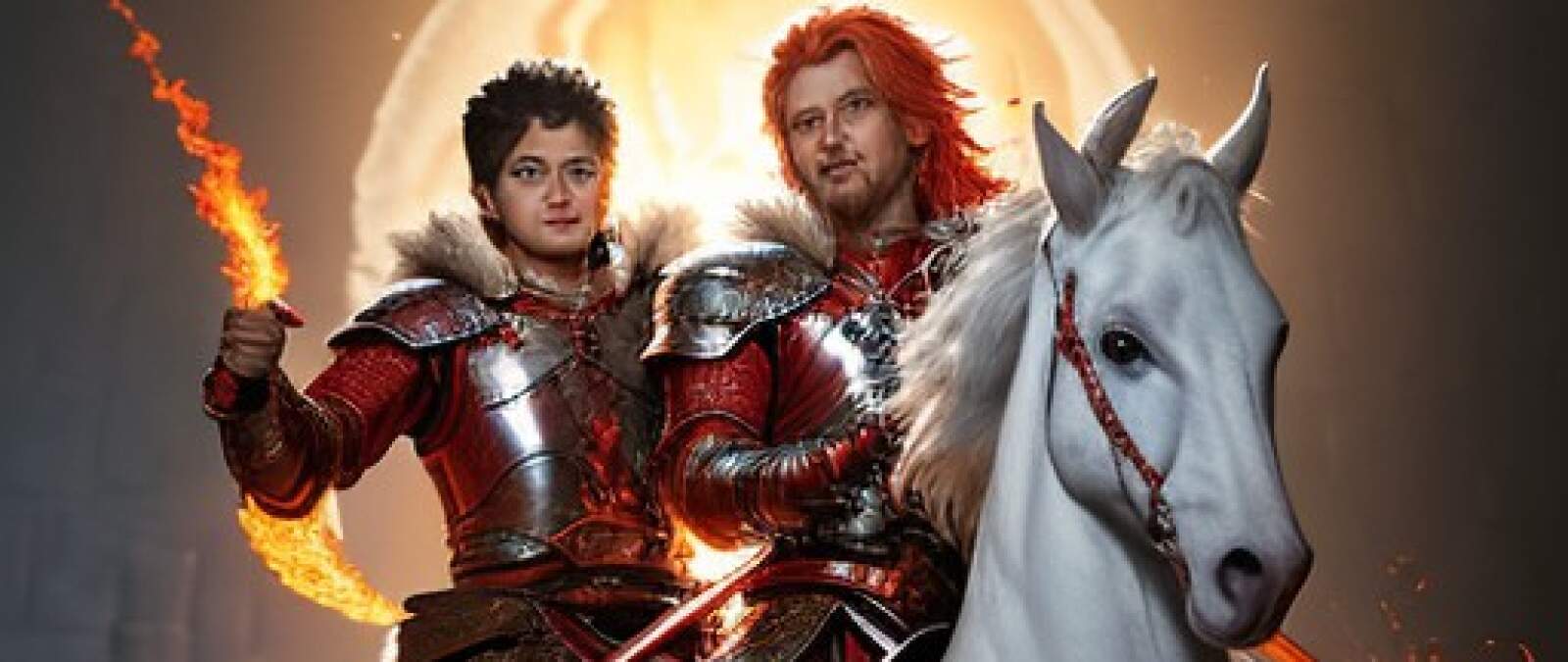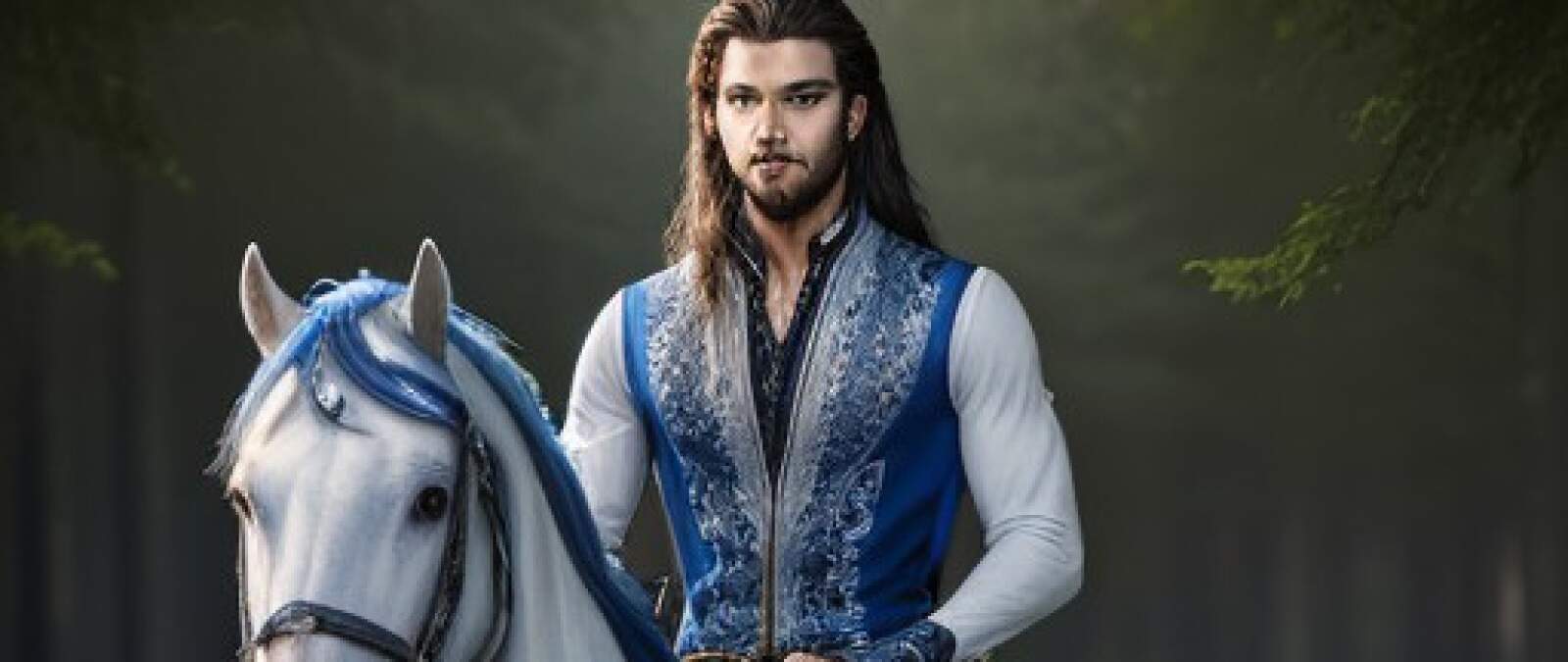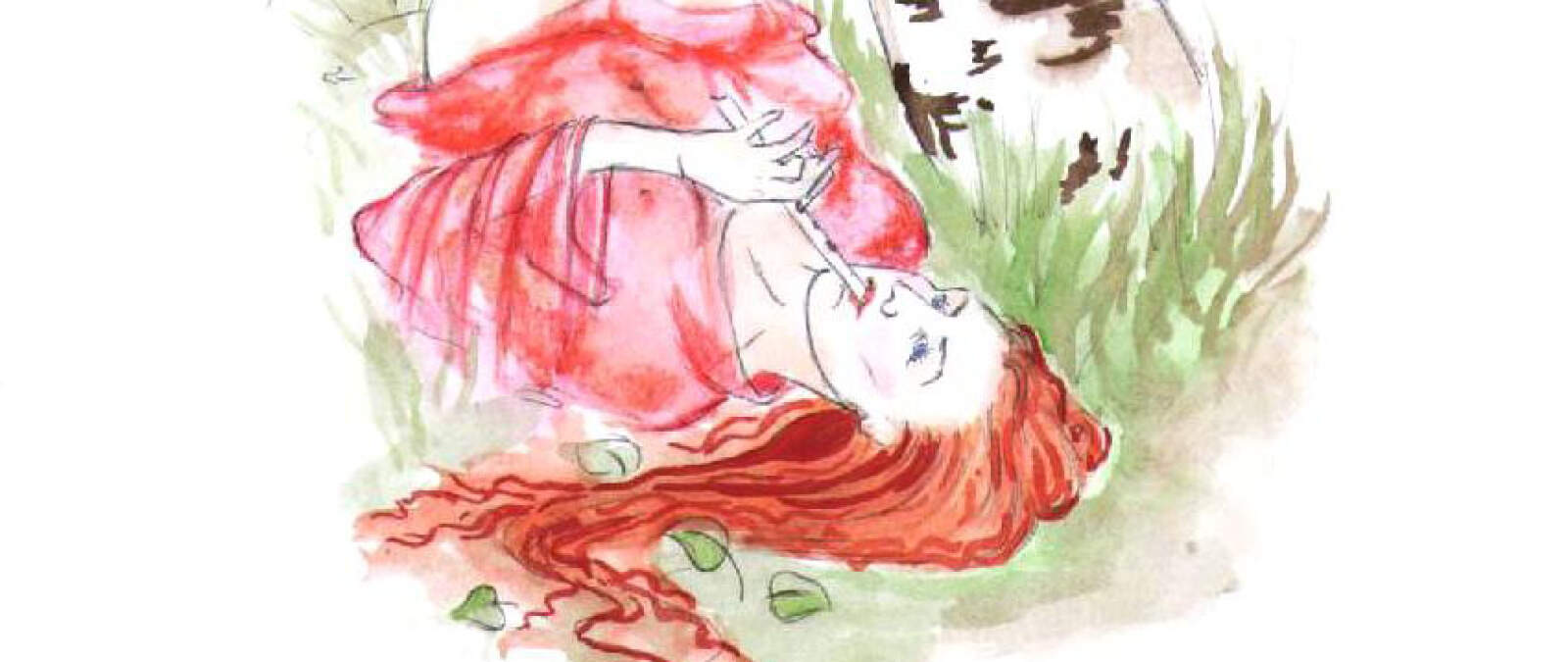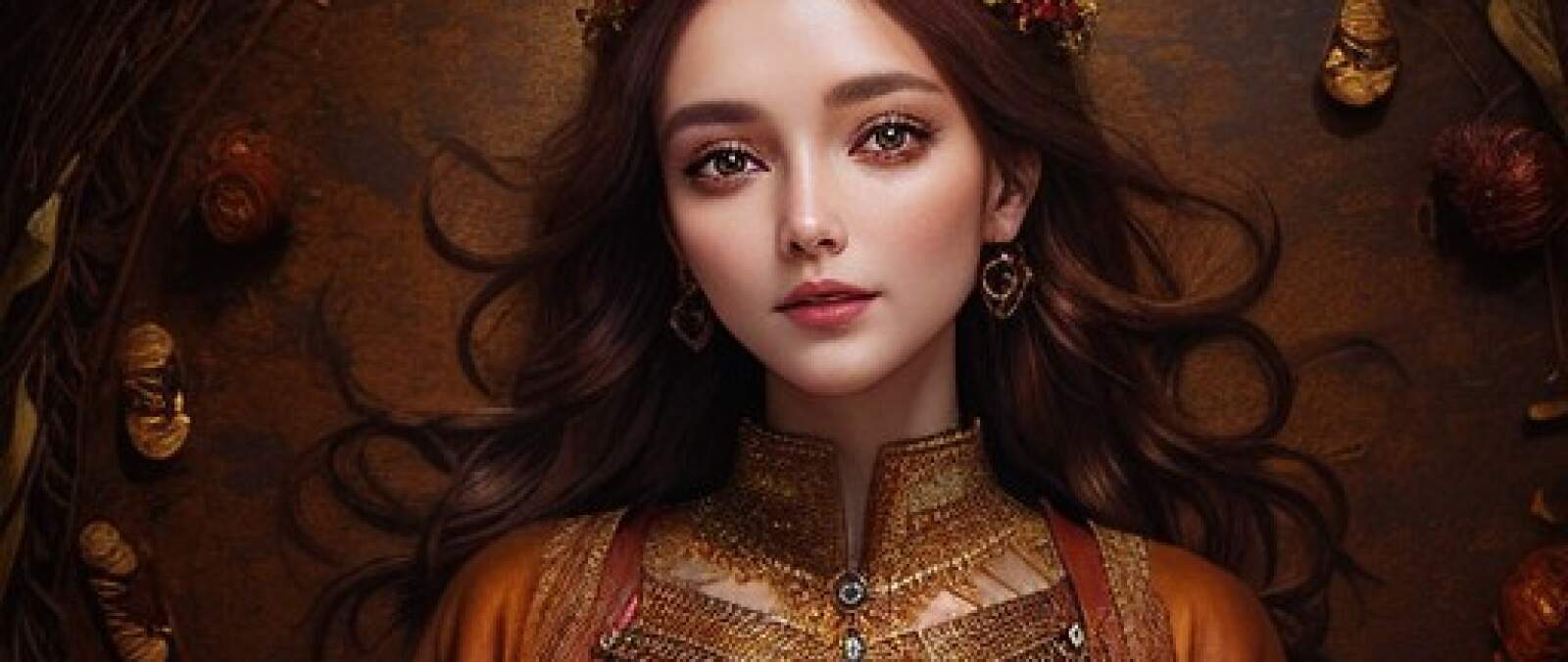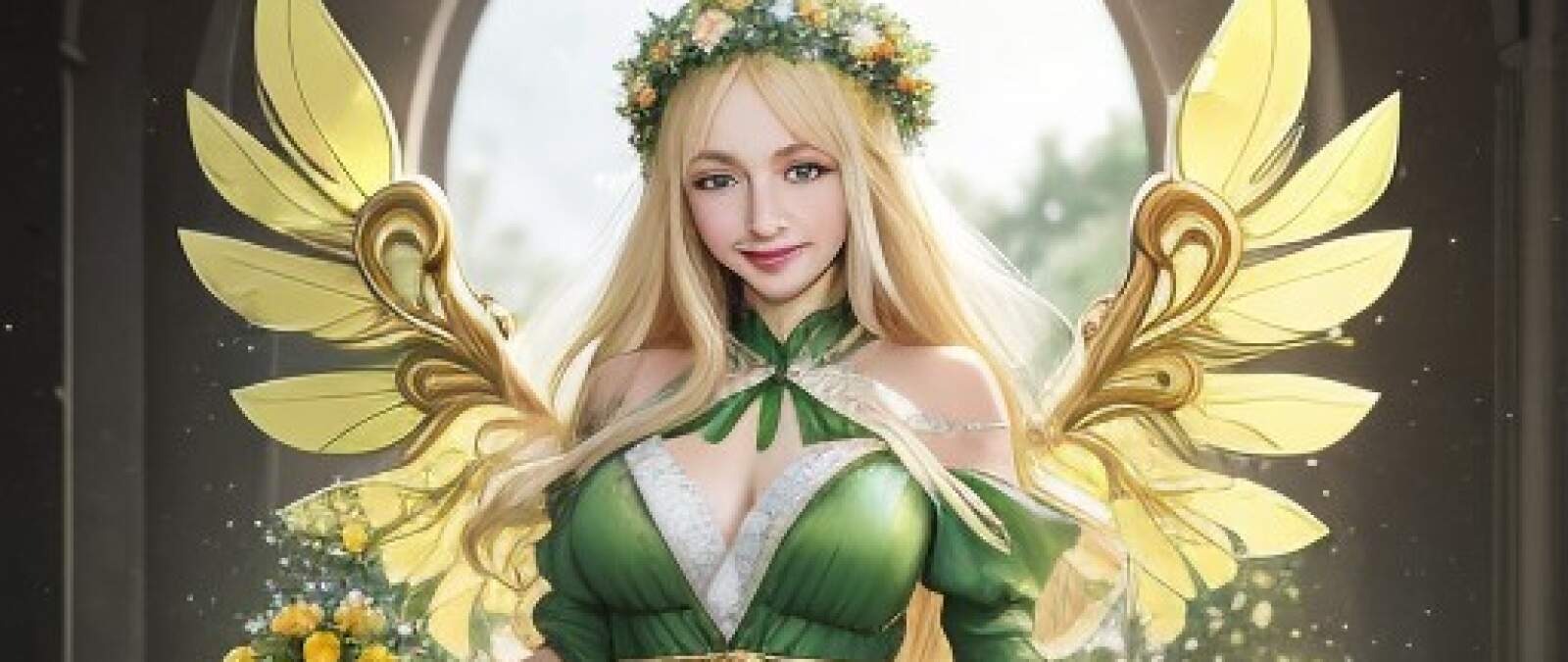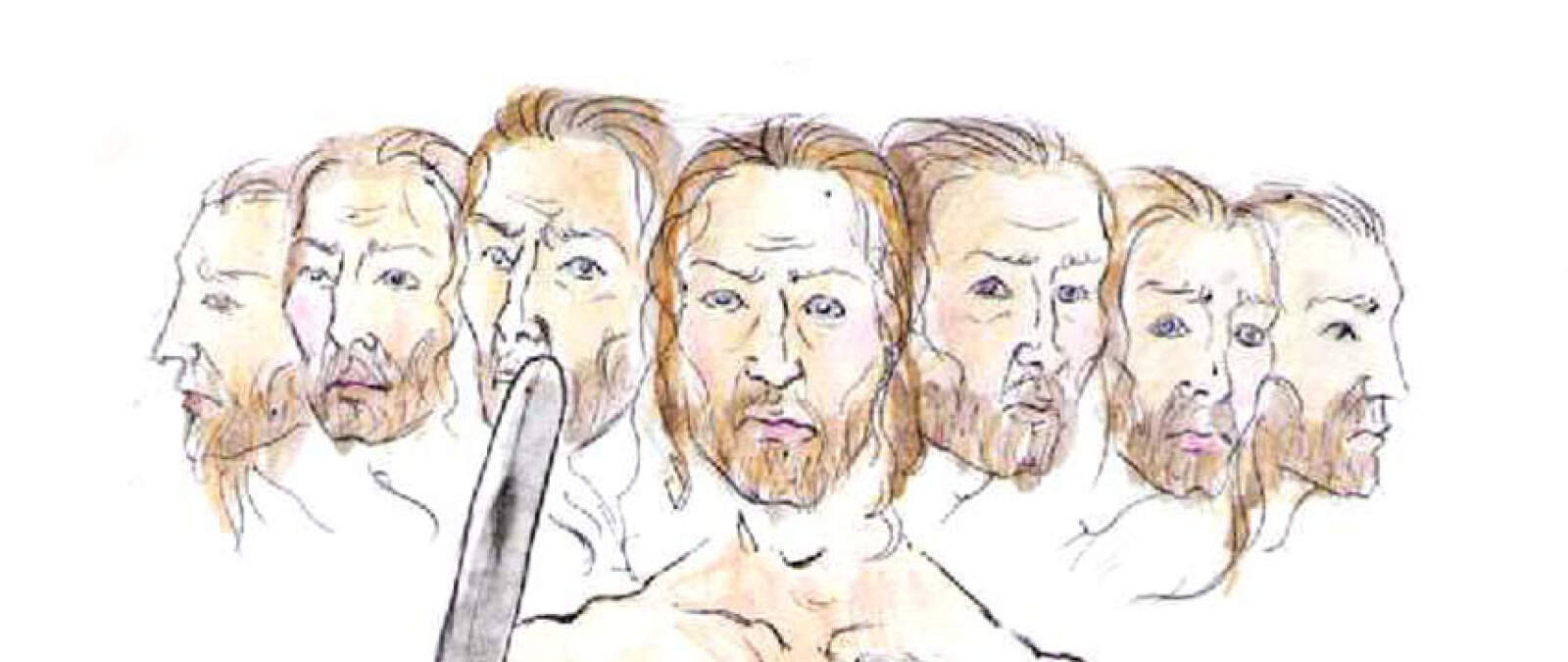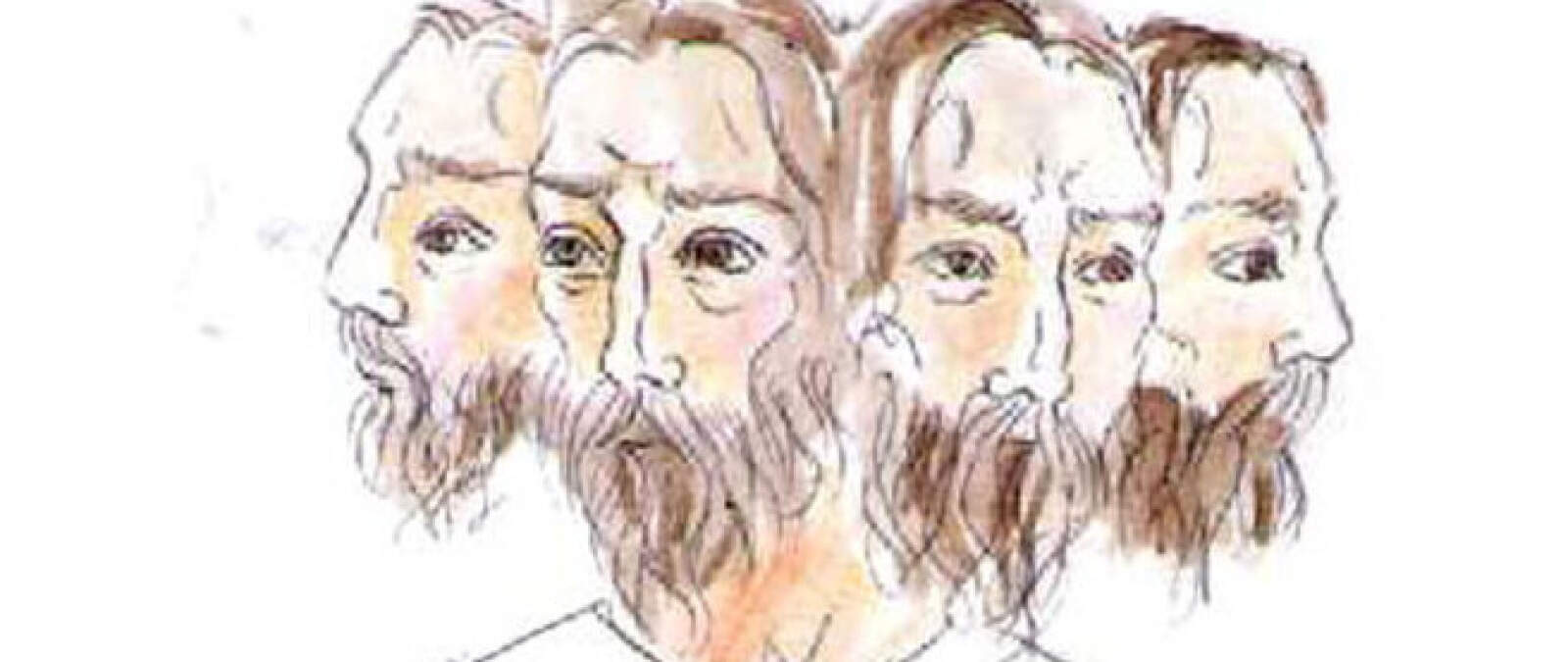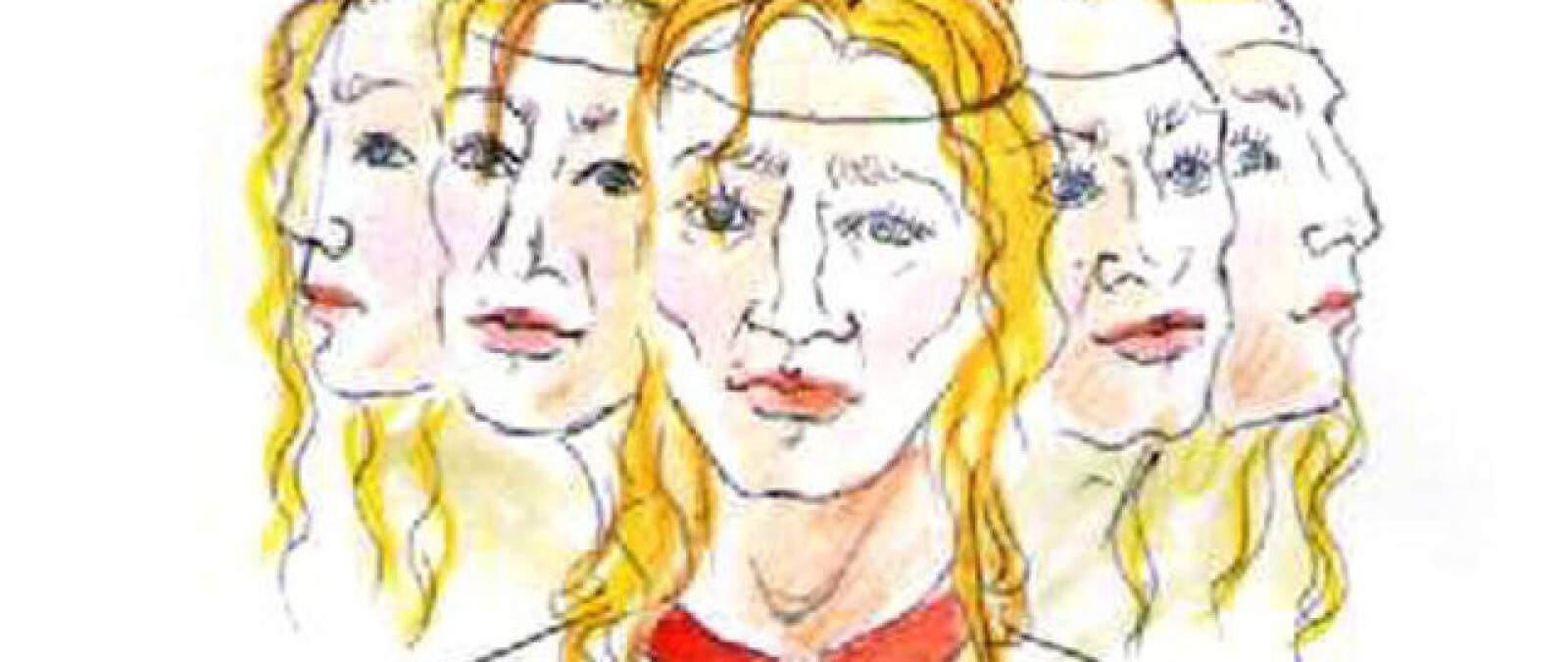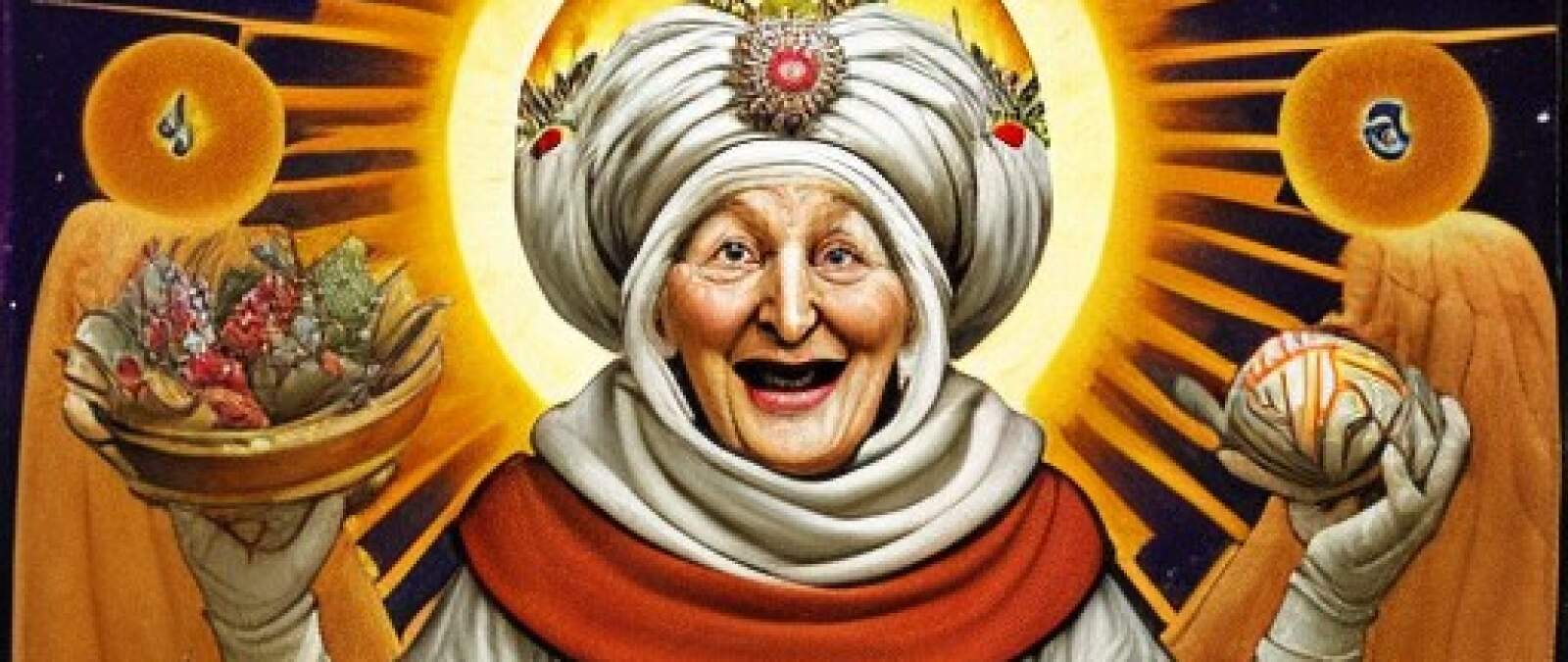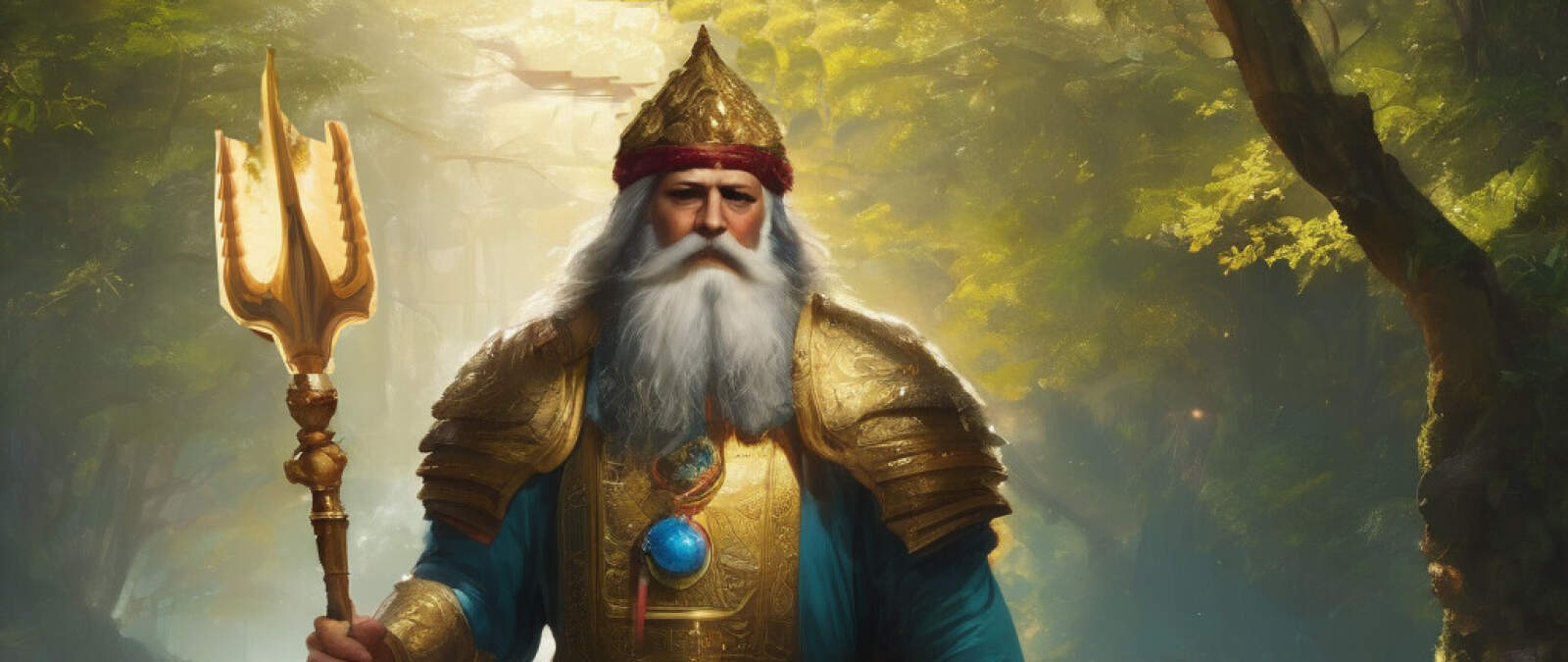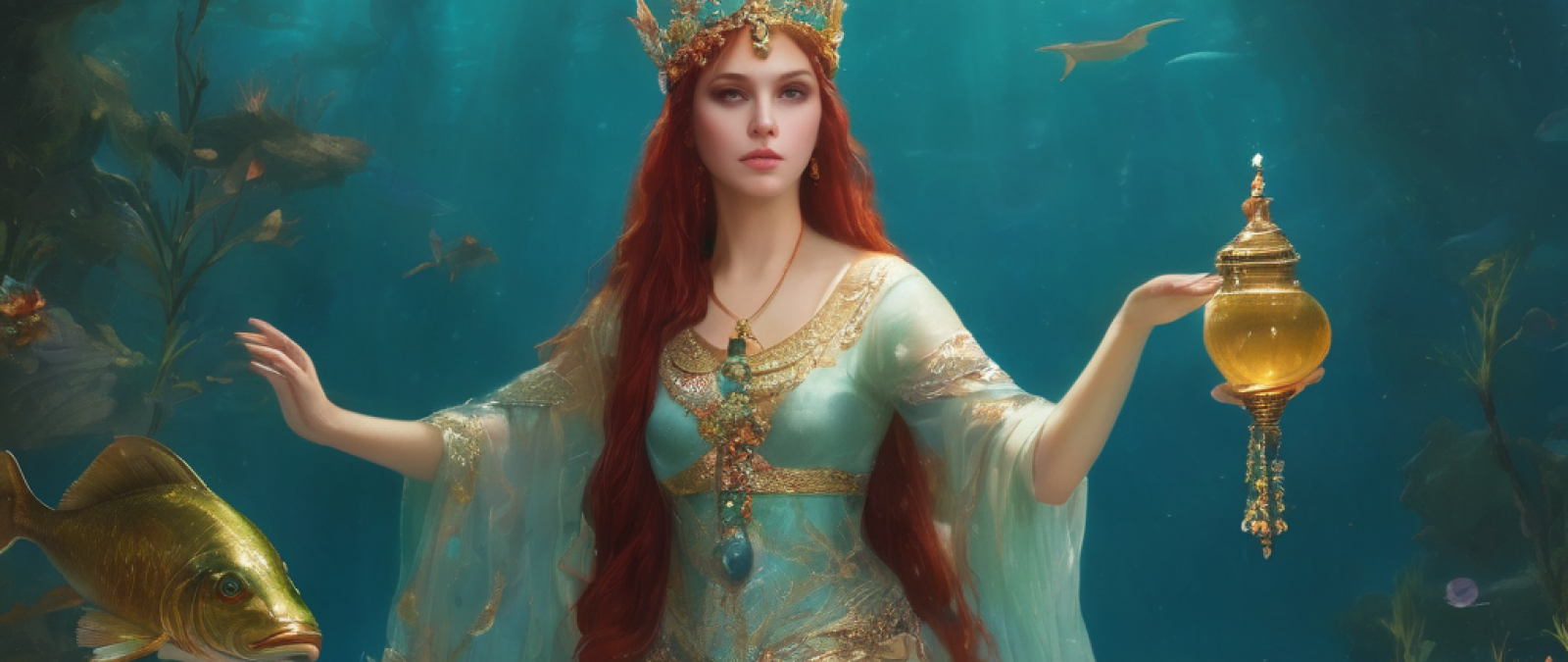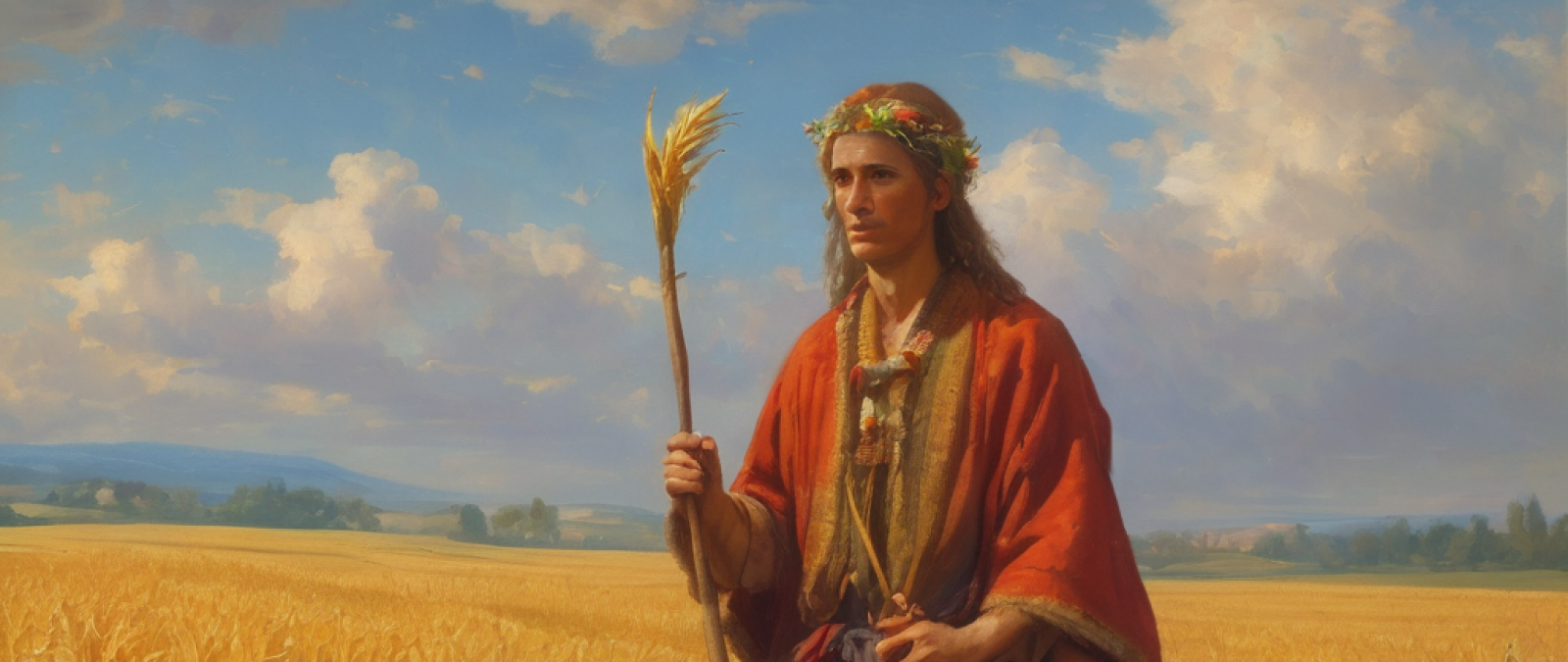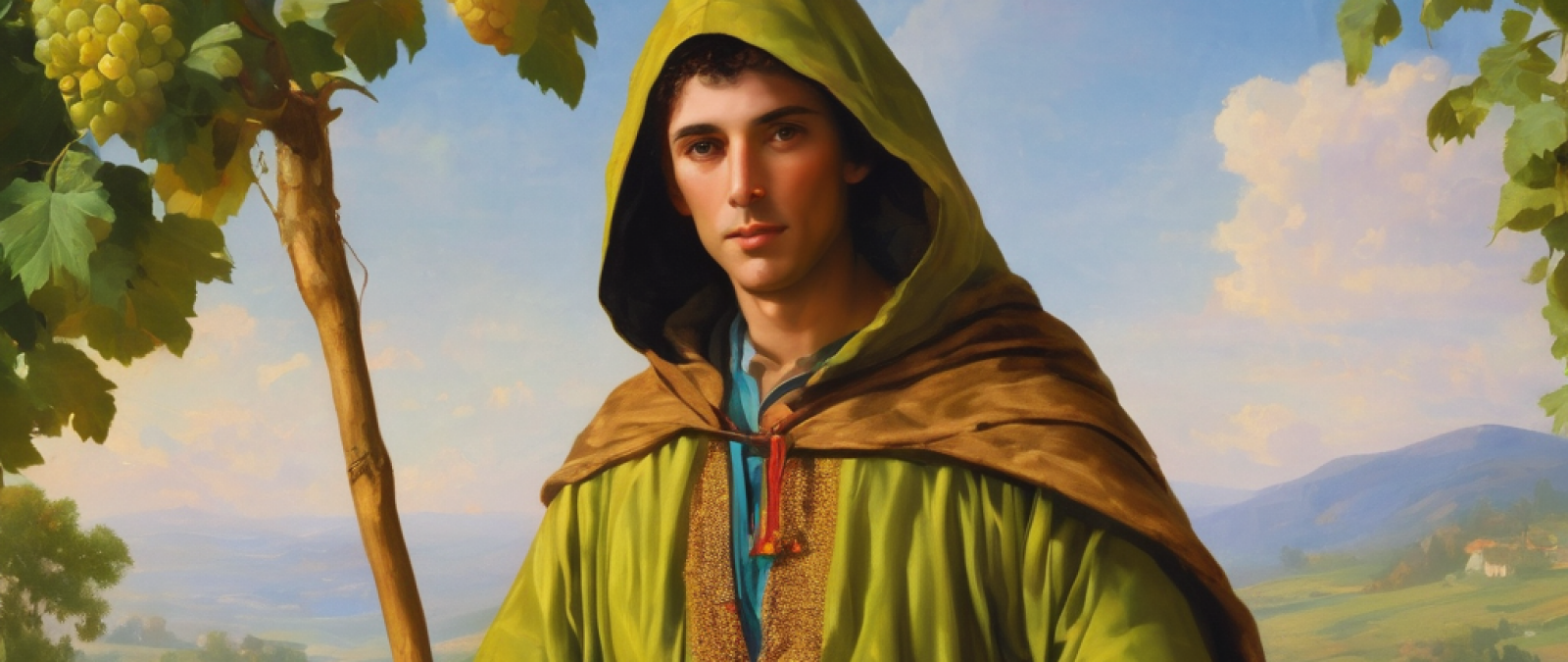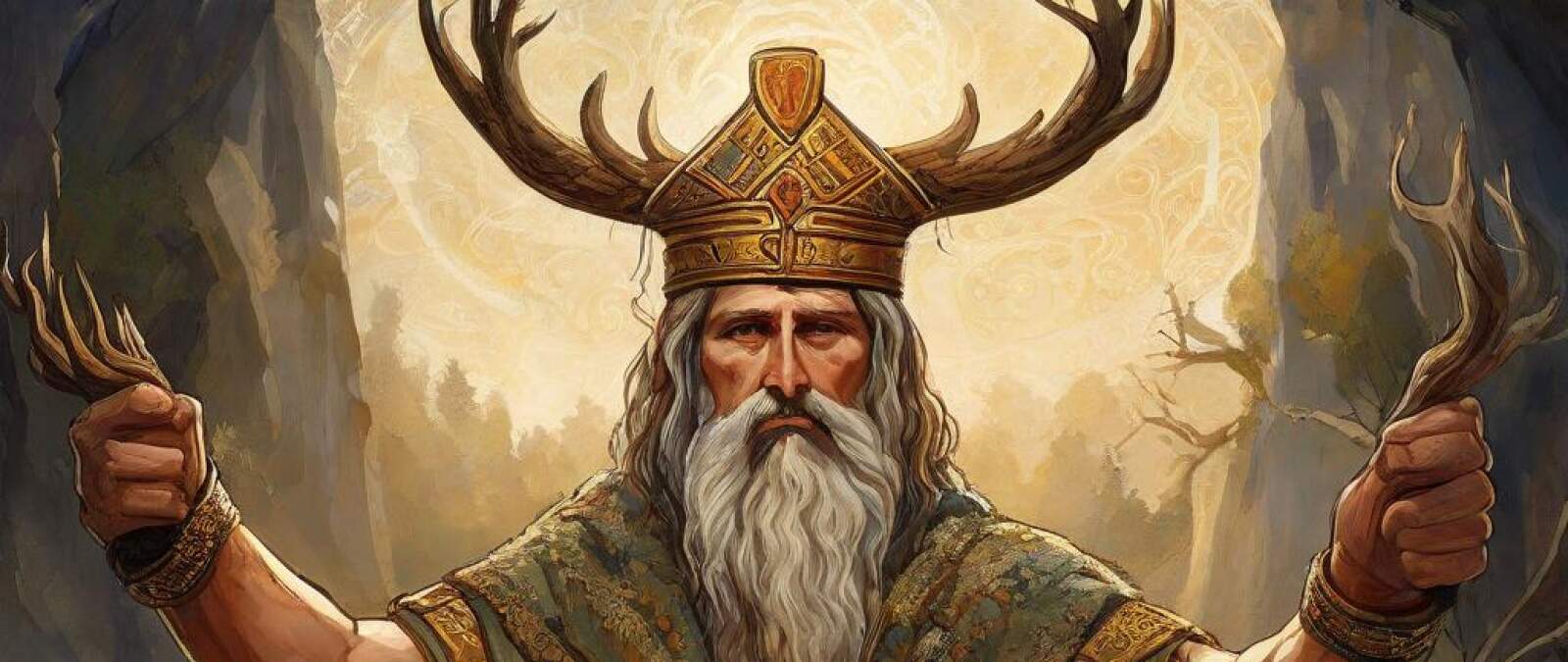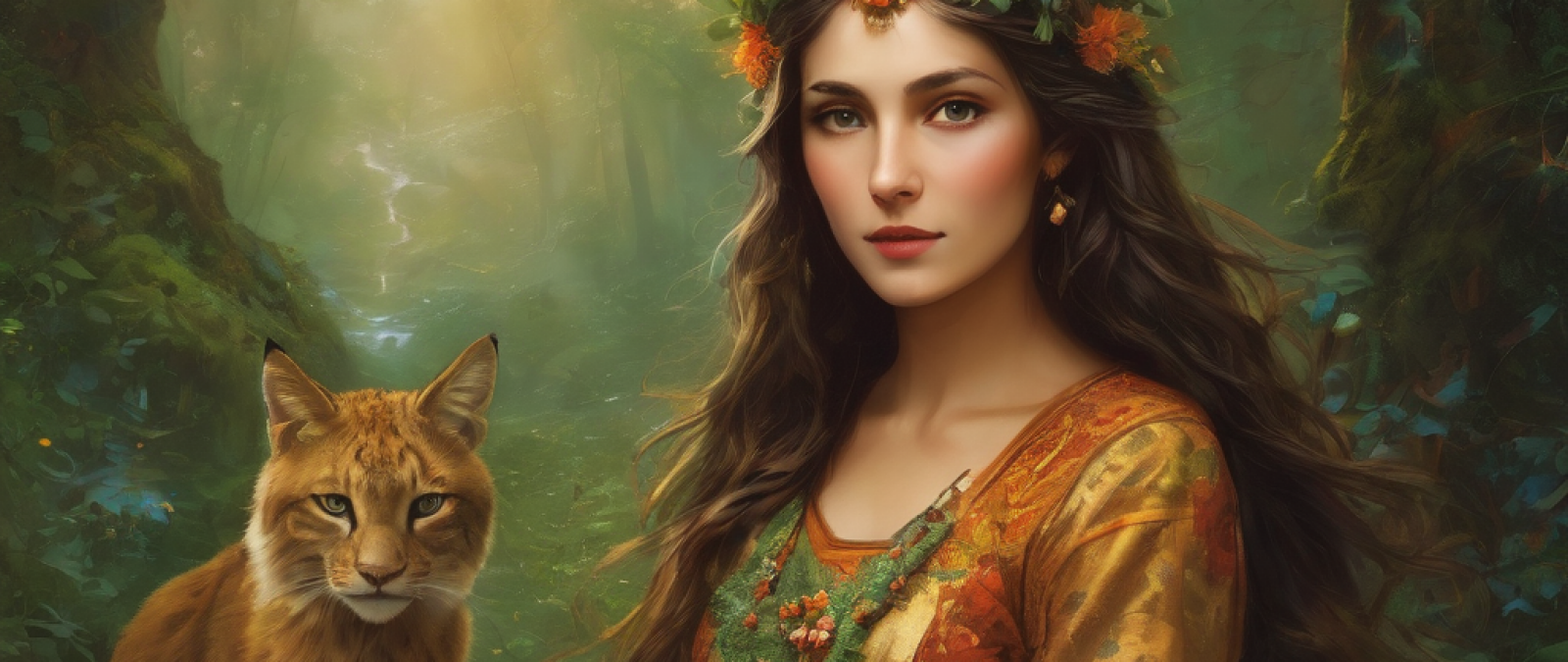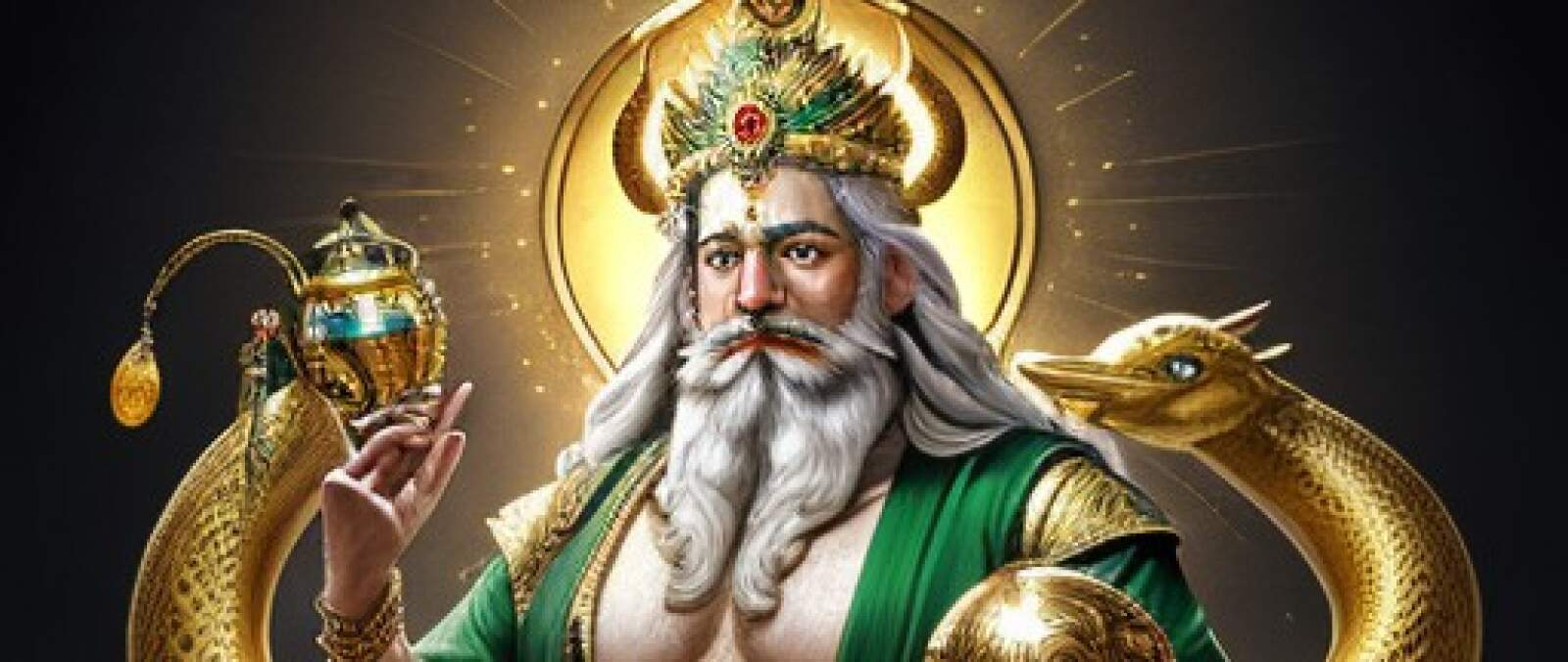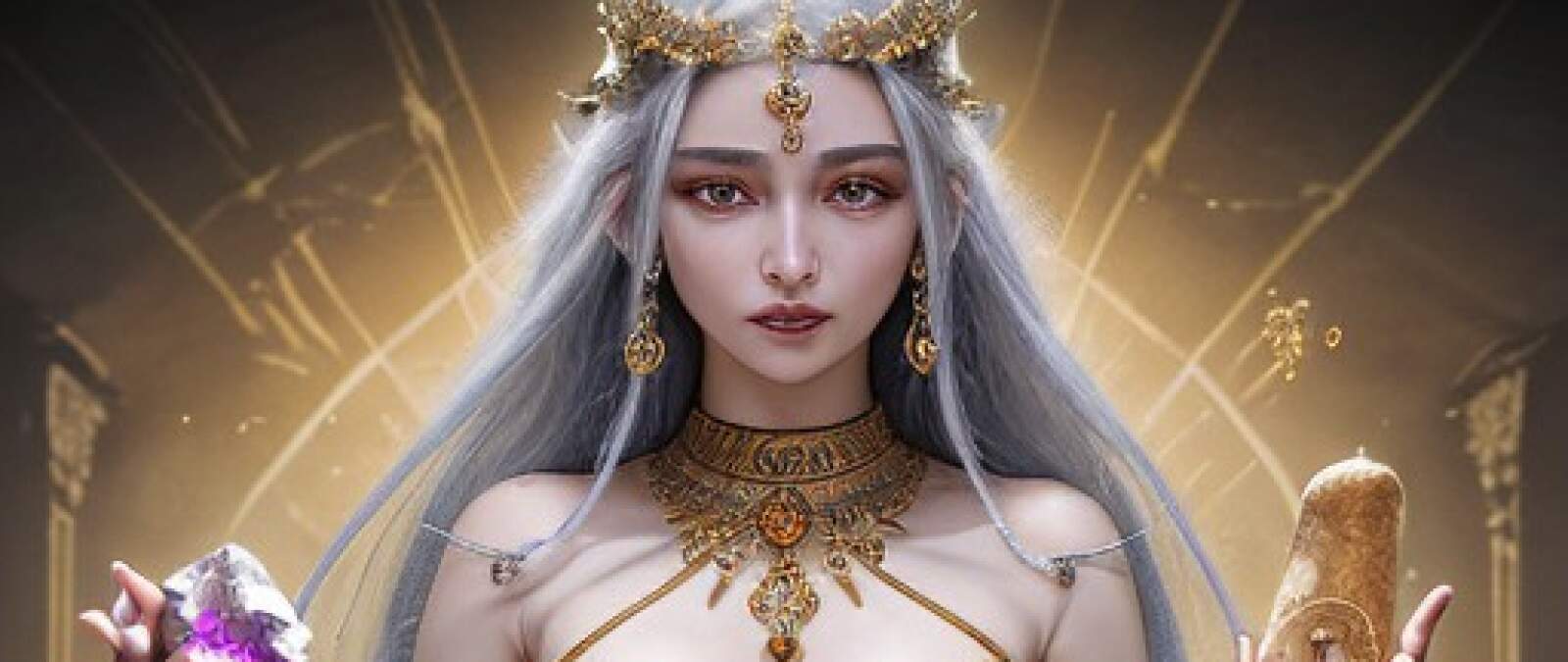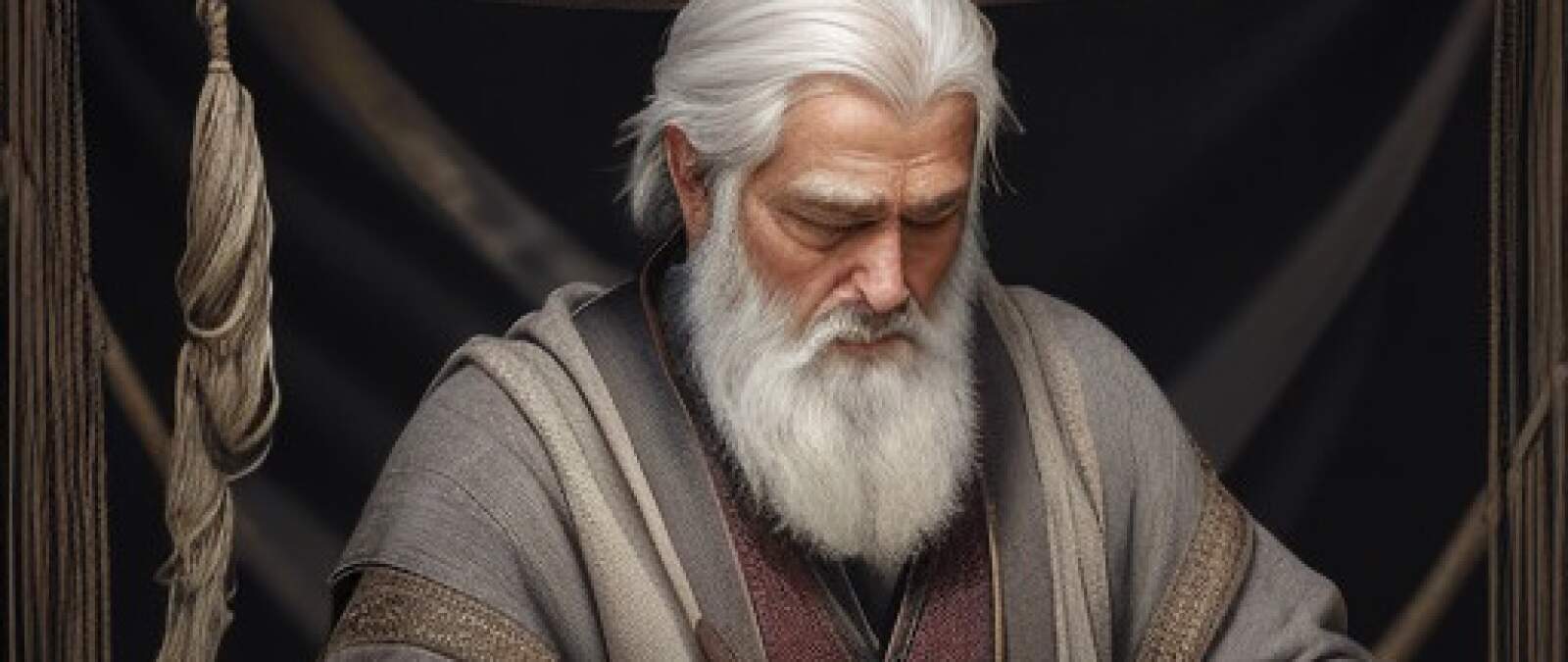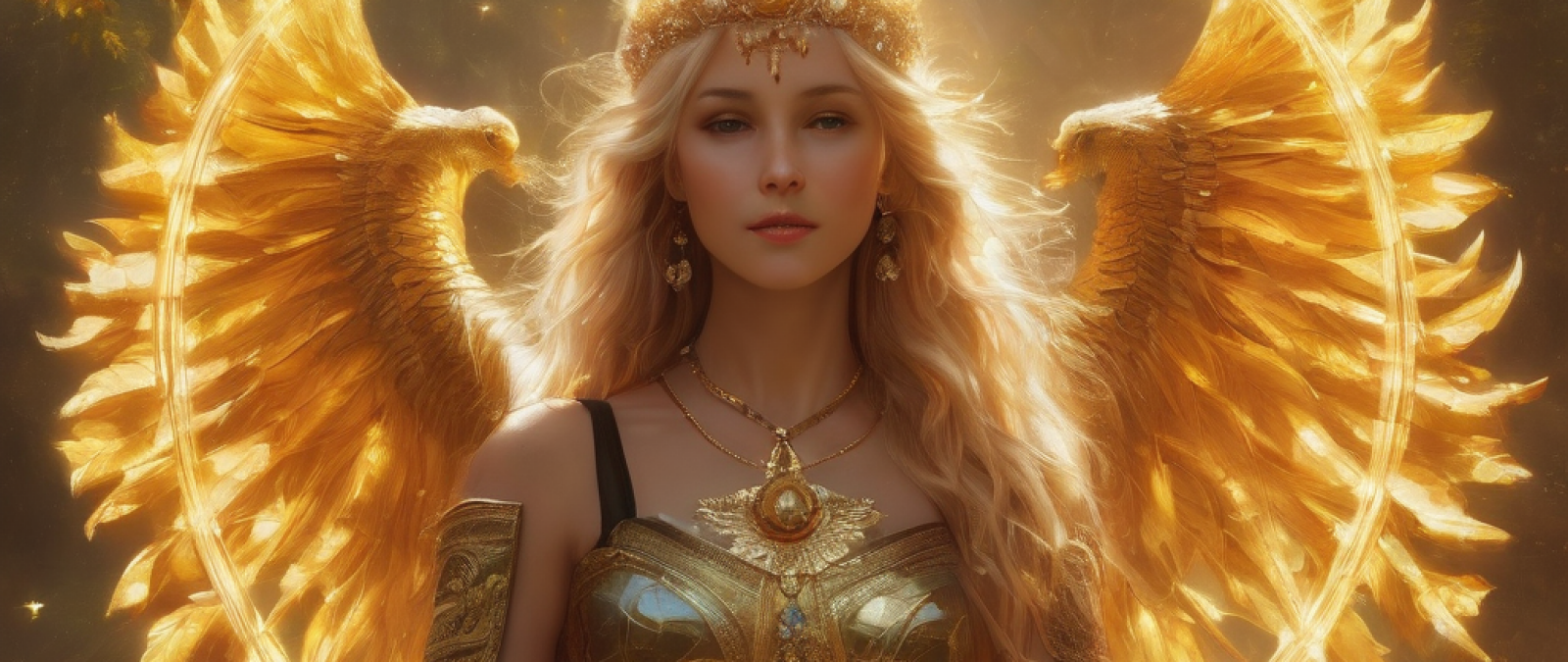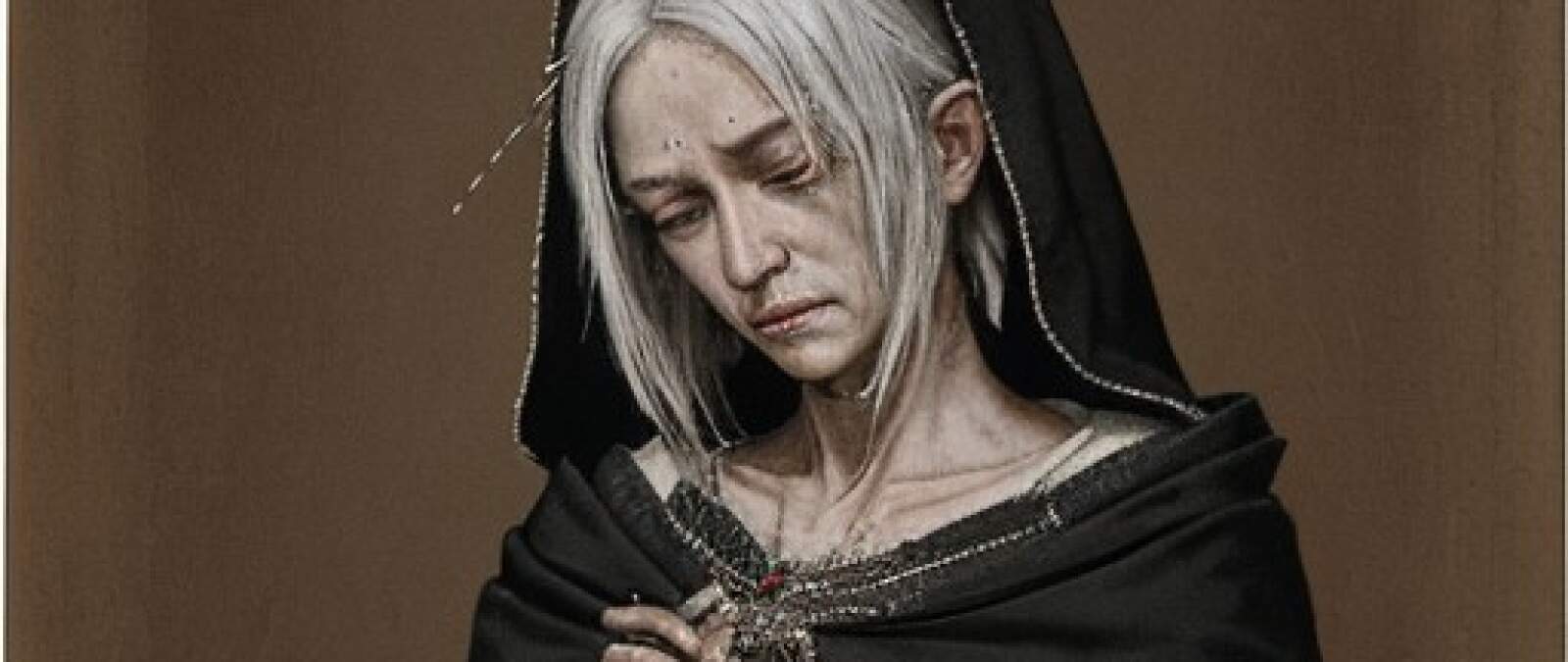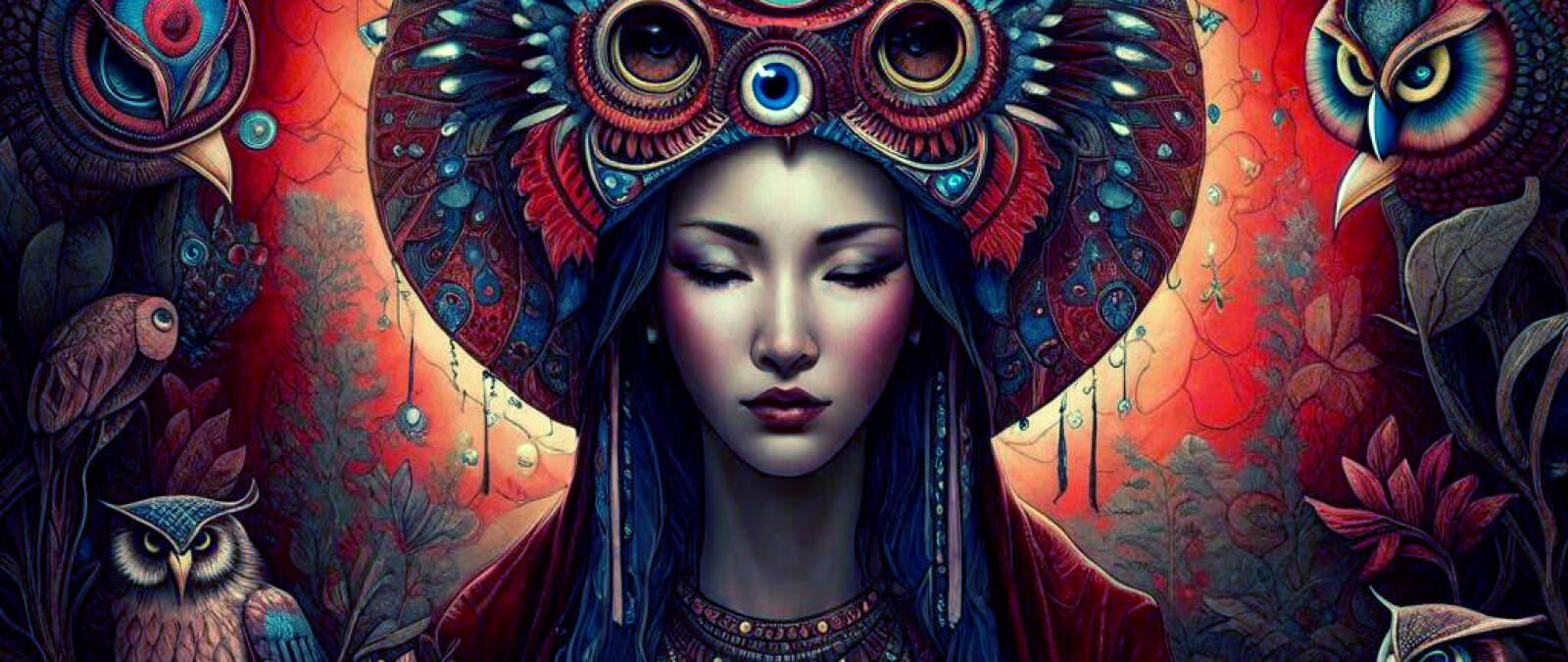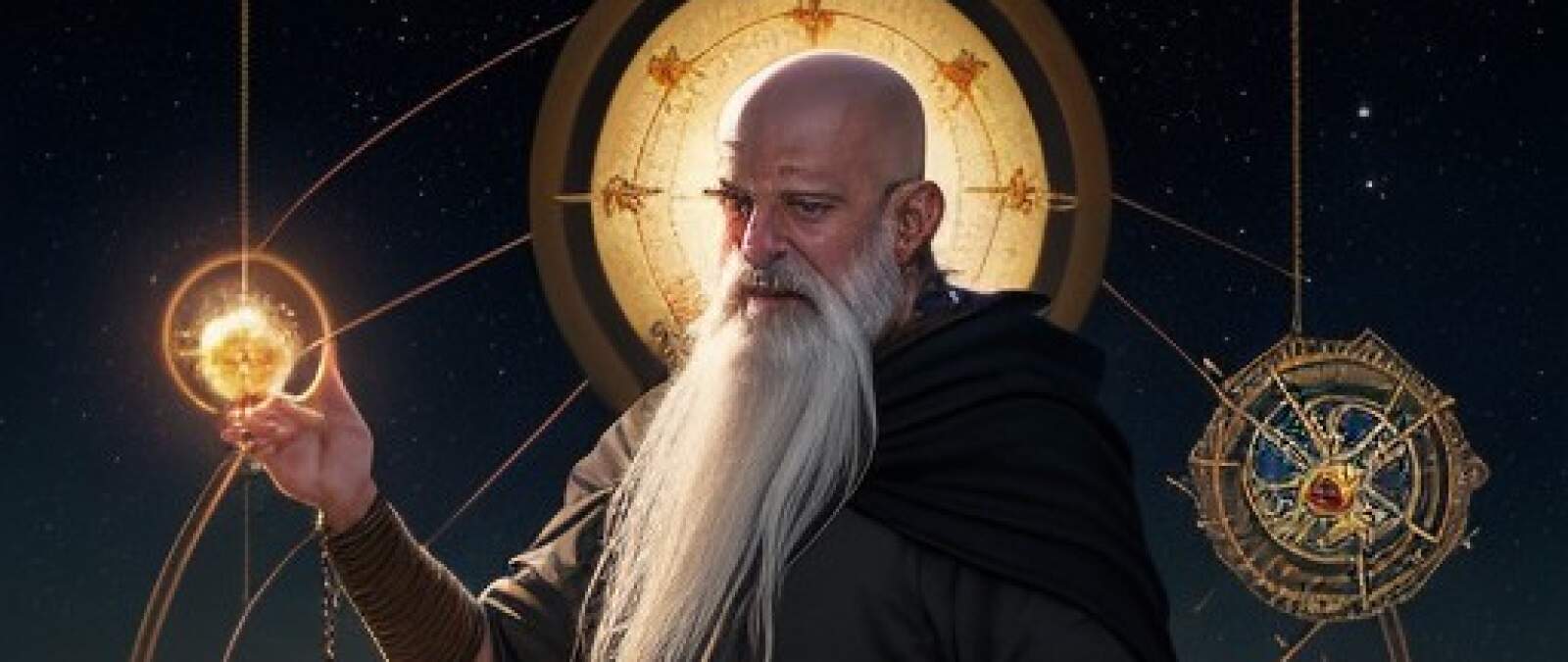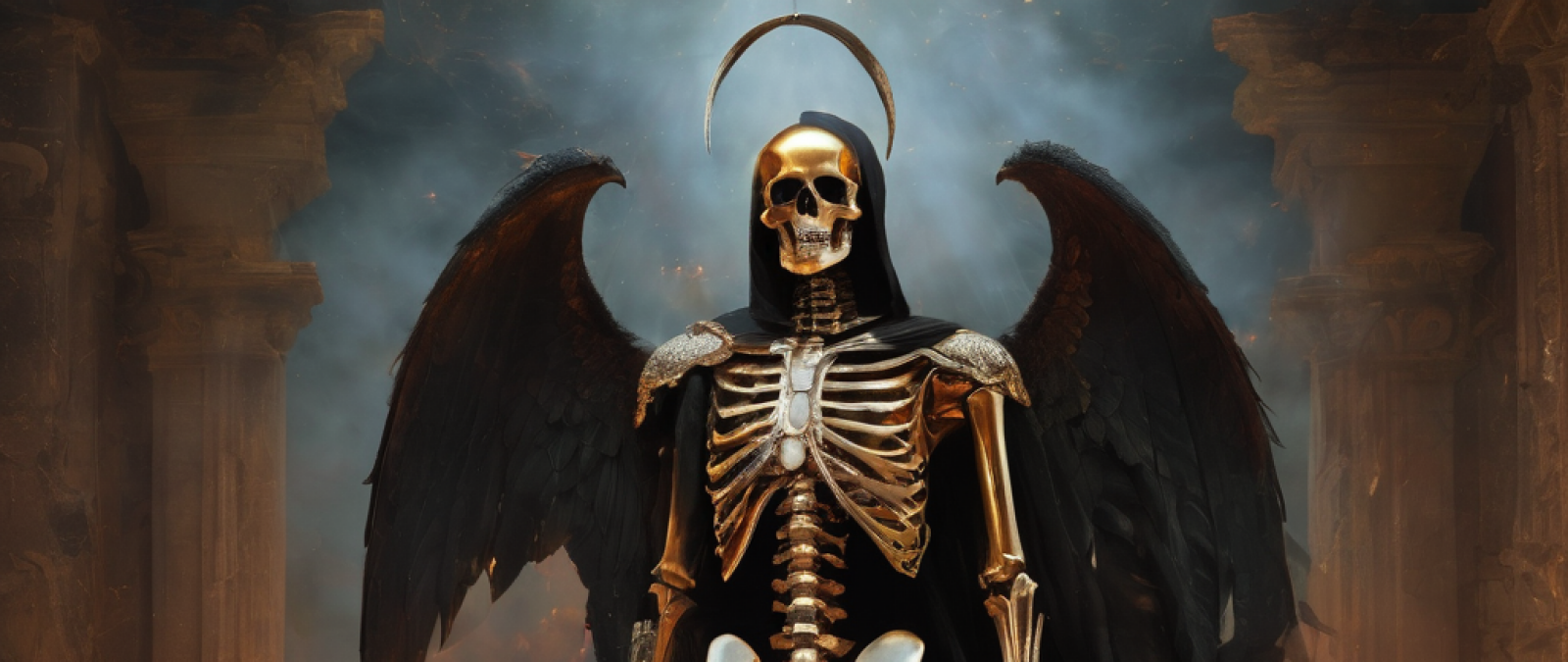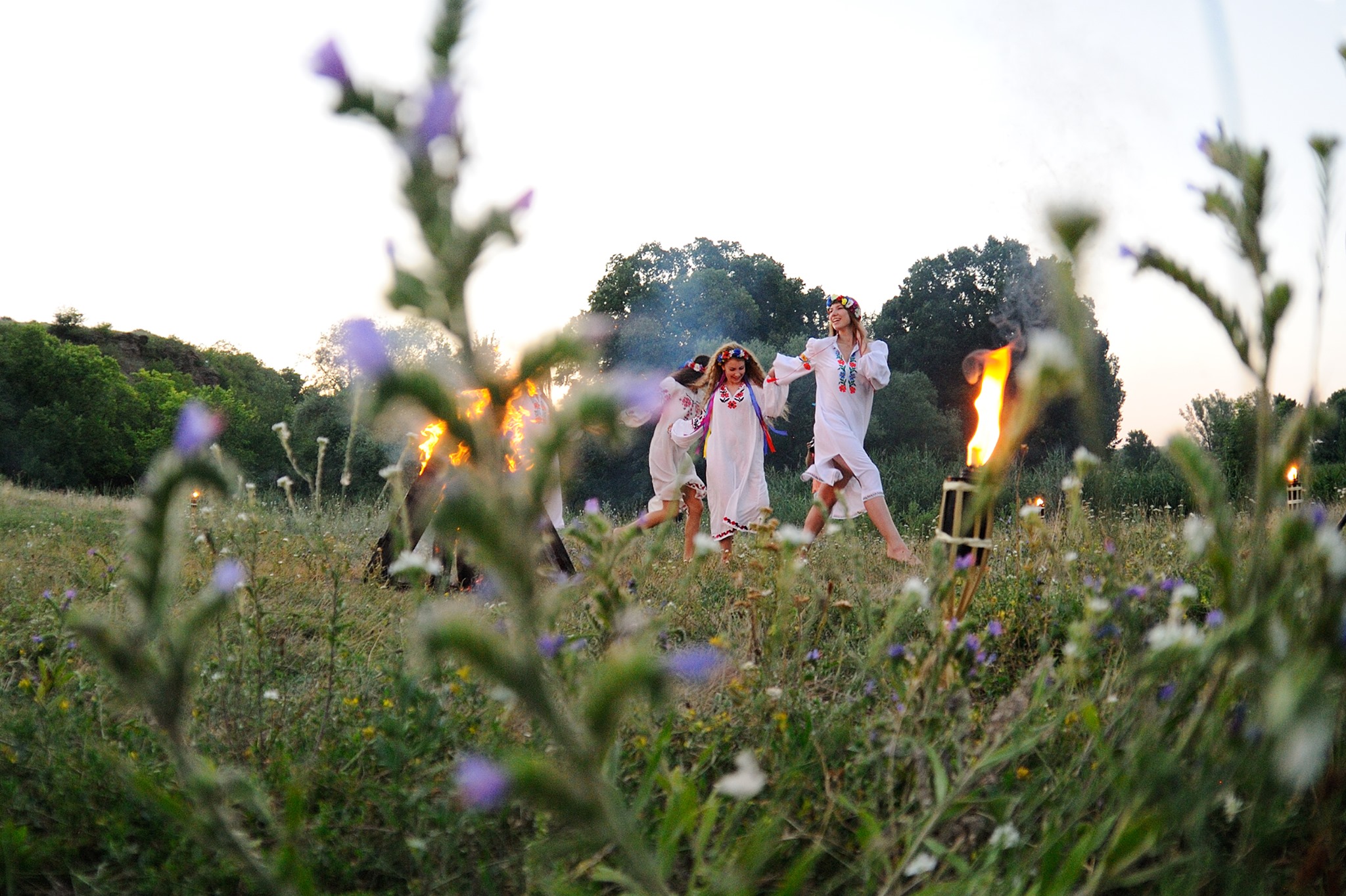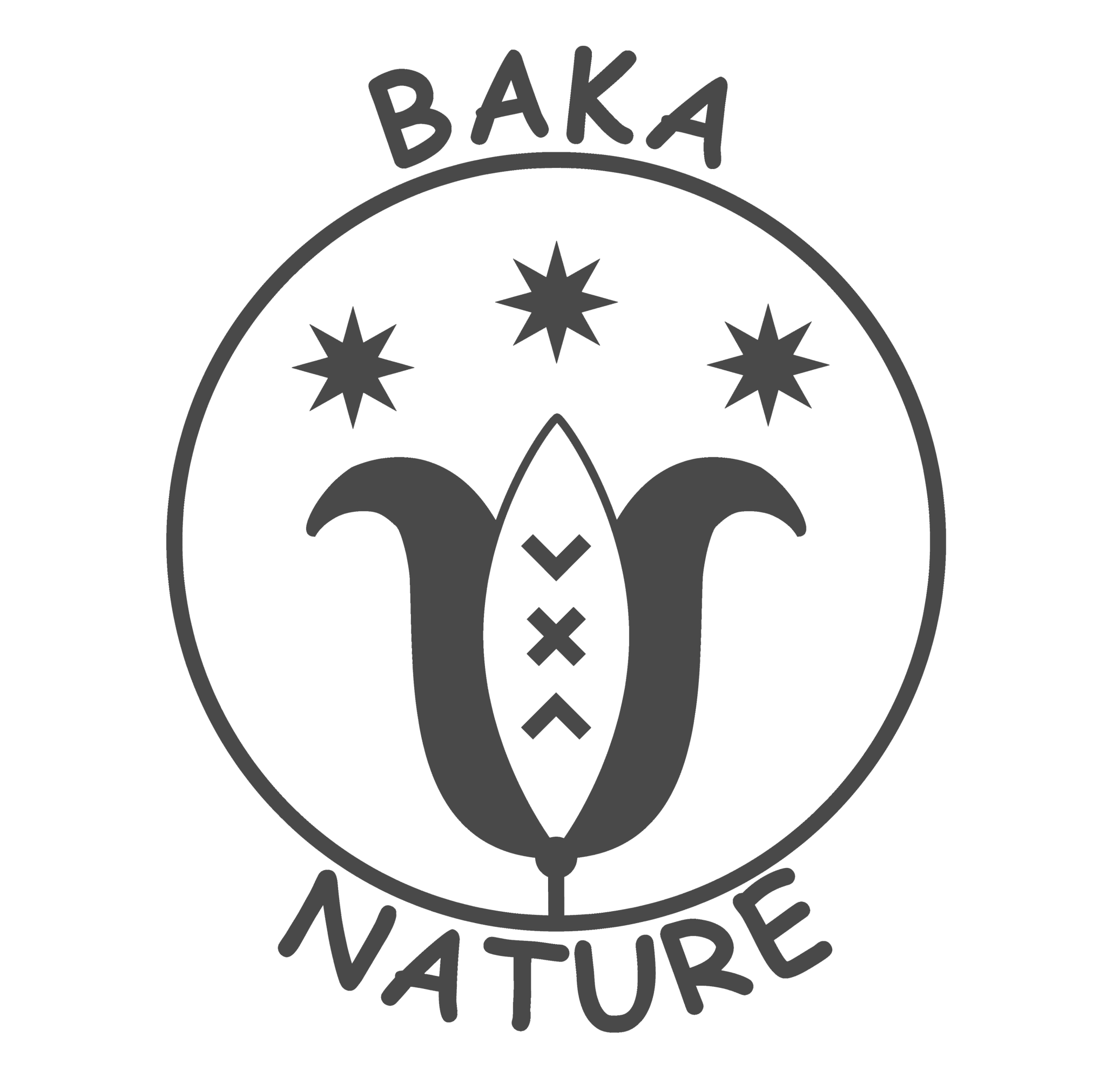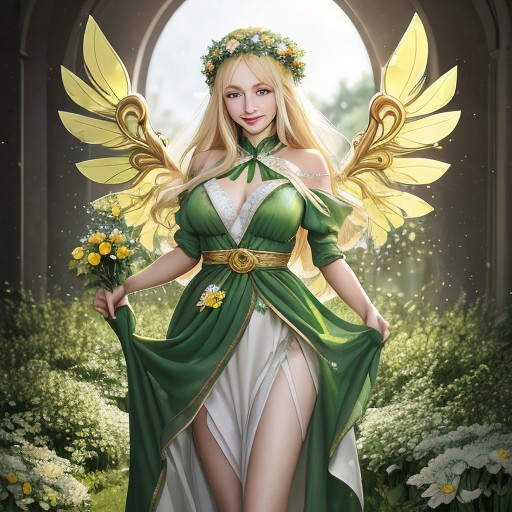
Function: Daughter of the goddess Pizmar and Striboga, called Dodola or Dudula, she was entrusted with the care of the beginning of the year, the period called spring. She can be considered the goddess of life and water, life force, rebirth and renewal of the world, as well as art and entertainment. The eternal daughter is a playful, cheerful, but also changeable and fickle goddess. Perun became her husband.
Image: A beautiful eternal sapling that has bright golden hair flowing down to her waist, green eyes and a constant smile on her face. Vesna is usually dressed in a light green dress with a wreath of spring flowers on her head.
Symbols: Water lily and all spring flowers. Mirror. Among the animals, it is a cuckoo, a swallow and other birds arriving in the spring.
Sacrifices: Bread, wine, grain, mirrors and glittery things, colored ribbons, eggs, cheese, meat and butter.
Holidays: Its season is, of course, spring. The day of the vernal equinox or the full moon day before the vernal equinox is considered her holiday.
Note: According to some sources, it is not actually proven that deities such as Vesna were celebrated in the ancient past. But it can be said with certainty that there were holidays that started and ended the agrarian part of the year, so to speak. Spring consecration was celebrated with ceremonial spring bathing in rivers and streams. At the beginning of spring, agricultural tools were also soaked and poured. The Vesna holidays are characterized by joy and merriment, which symbolized, as it were, the awakening from winter torpor.
you will read more
GOODS OF OLD SLAVS
